Madrid, Spain is a lively, elegant, sizzling, livable city, and after a couple of weeks here as a first-timer, I’m in love with it. If you search for what to see and do in Madrid, you’ll see the same suggestions over and over again. Let’s start with some unusual behind-the-scenes ideas that I found, and then we’ll get to the more typical ones.
Puerto del Sol Area
The way I like to travel is to spend enough time to try to get to know the place like a local, not just to see all of the obvious choices as a tourist. I decided to stay in the El Centro neighborhood in Madrid – specifically, right on Puerto del Sol. This pedestrian square is the thrumming heartbeat of the city, so exciting! I stayed at Hotel Europa, right on the plaza – a great experience, fantastic location, and a reasonable price.
Sol rocks at night, especially on the weekends. As I’m writing this, it’s midnight-thirty on a Saturday night, and the crowds are growing, with street performers, bands, and throngs of people enjoying the cool summer night. As it is my first time in Madrid, I spent a week here at Hotel Europa before my volunteer stint in the campo (countryside). Now I’m back, and my room faces the square dead on, with fabulous views of all the activity.
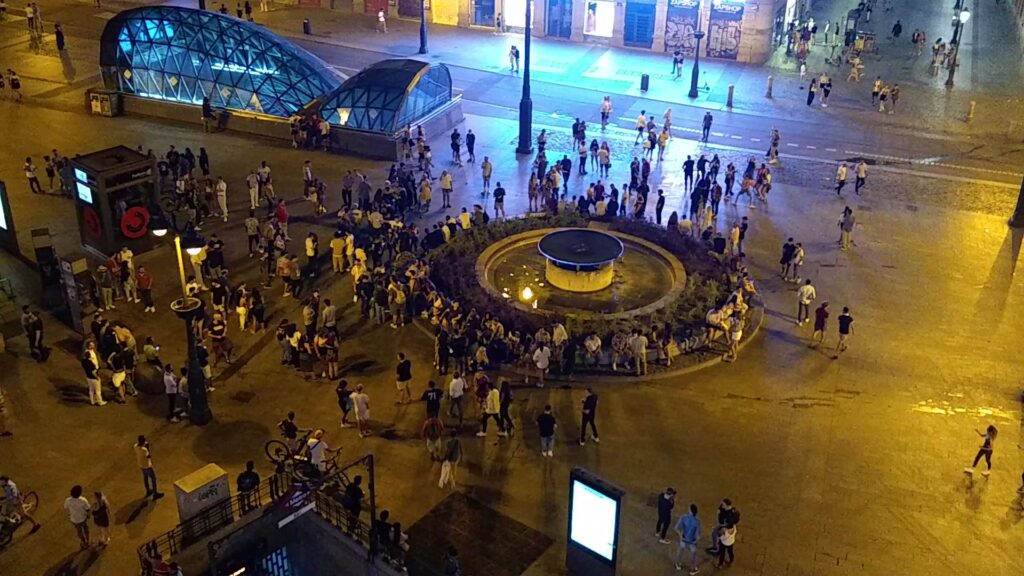
Luckily, the balcony doors are quite soundproof…last night, the partying went on until 7 a.m.!
Earlier this evening, after the sun went down, I was out and about enjoying tintos de verano (red wine mixed with lemon soda – so refreshing when it’s hot!) or a vermouth rojo (red vermouth – something I’d never had on its own, until I noted that this is a popular drink with the local ladies) and tapas – little bites of food. Drinks are served with tapas or pinchos, complimentary snacks. One of my favorite pinchos is tortilla de patatas (potato omelette). Here’s the recipe, if interested. It’s so fun to wander around the streets and to stop at the little bars and cafes to sample their fare and do some people-watching. The Madrileños enjoy their paseo (evening stroll) – and so do I.
So, let’s start with what to see and do in the area of Puerto del Sol.
Casa Labra
Casa Labra, a little cafe at Calle Tetuan 12, was opened in 1860, and it is famous for being the site for the foundation of the Spanish Socialist Workers’ Party, the oldest political party in Spain, in May, 1879. Casa Labra serves limited tapas: fried cod or croquetas, and small glasses of beer, wine, and vermouth. It’s standing room only and always has a waiting line out the door – it opens for the evening at 6:30 p.m. in the summer, after siesta. Be sure to get a spot outside for the best experience.
Kilometre Cero
As a geography nerd, I was ridiculously excited to discover that Sol is the location of the Zero Kilometer point, which marks the geographical center of Spain. This is the spot from whence all of Spain’s national roads (A-1 to A-6) are measured. Kilometre Cero is also the starting point for Madrid’s numbered streets; the closer to the Km 0 mark, the lower the street number.
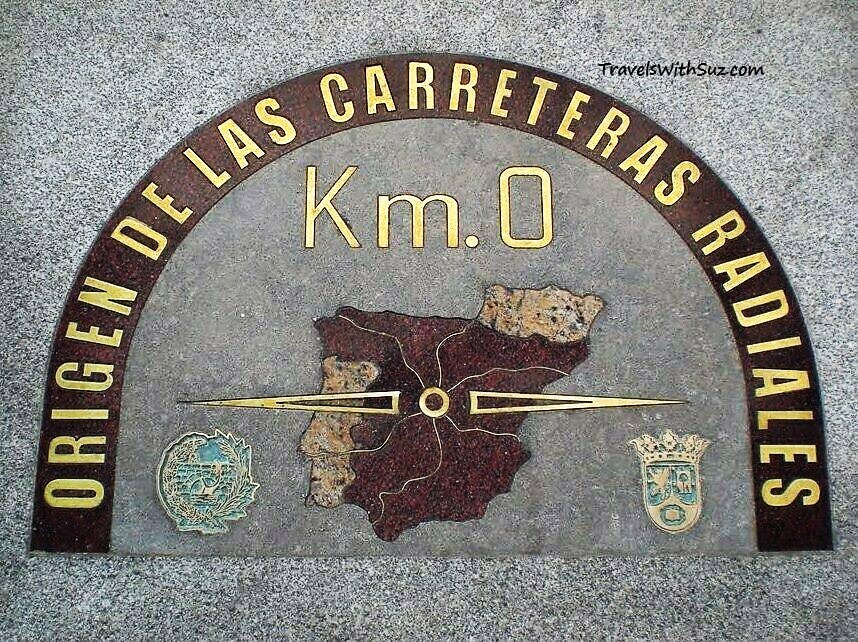
The marker is embedded in the sidewalk in front of the Clock Tower; quite easy to miss.
Sobrino de Botín
Restaurant Botín was founded in 1725, and is recognized by Guinness World Records as being the oldest continuously operating restaurant in the world. I had arranged a reservation for lunch there on the day I arrived in Madrid. I enjoyed the walk through the famous Plaza Mayor to the restaurant.
An interesting experience, for sure. When I arrived, I was directed to the downstairs, down winding cellar-like steps (I was confused…was I being abducted??) into a small bricked room with curved walls. There are further steps down to an even older cellar which is from 1590, predating the restaurant. The restaurant has 4 floors. If you’ve been before, check out the fancier Felipe IV room – but, the brick cellar is definitely unique and picturesque for a first time visit.
Botín is famous for its delectable Cochinillo Asado – roast suckling pig. The meal included a bottle of water, a beer, gazpacho, fabulous bread, and ice cream, for 44 euros. I ate only about 1/10th of the meal – it was a lot of food. (Not to worry – it wasn’t the entire piglet, just some slices!)
Botín still uses the original recipes, and the restaurant has kept the flame burning in the oven continuously, never to be extinguished. Botín’s other signature dish is sopa de ajo (an egg, poached in chicken broth, with sherry and garlic): a favorite pick-me-up among Madrileño revelers.
My waiter told me that he had worked there for 41 years, and was very proud. He ensured that I met the chef, who insisted that I take photos of the kitchen and horno (oven) with his array of sucking pigs.
History of Sobrino de Botín
The restaurant was founded by Frenchman Jean Botín and his wife, and was originally called Casa Botín. Upon Botín’s death, his nephew changed the name to Sobrino de Botín. (Sobrino is the Spanish word for nephew.) Francisco de Goya, a famous local artist, reportedly worked in Cafe Botín as a waiter while waiting for acceptance into the Royal Academy of Fine Arts. The restaurant and cochinillo asado are mentioned in the closing pages of Ernest Hemingway’s novel, The Sun Also Rises; Botín also is mentioned in his Death in the Afternoon.
If you want to go, be sure to get a reservation ahead of time: Sobrino de Botín
The Salt Street Watchmaker
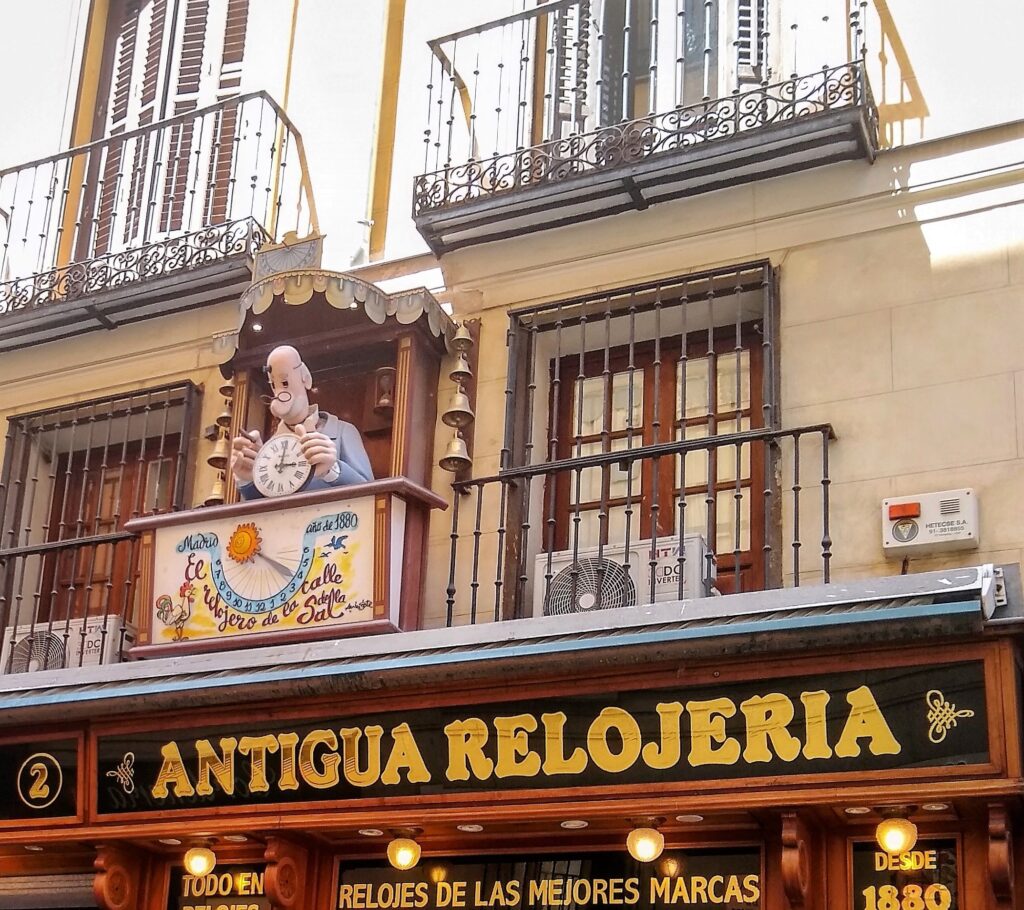
Nearby Botín is Calle de la Sal, where you’ll find an old clock store named Antigua Relojeria. The store was founded in 1880, and has a bronze plaque in the sidewalk to commemorate it as a 100+ year old establishment. (The Madrid Chamber of Commerce commissioned these to highlight establishments 100+ years in existence – they’re everywhere!)
The figurine over the door on the balcony comes to life and music plays every half hour. I was startled as I was going by. Locals and visitors gather to see it, but I was clueless – just happened to be walking by at the right time.
Other Points of Interest Near Sol
- The Tio Pepe sign is a sort of monstrous landmark, but the citizens of Madrid petitioned the Mayor to keep it. You’ll know you’re in Sol when you see it!
- El Oso y el Madroño is a statue in Sol, of a bear looking for fruit in the tree. The bear has been a symbol of Madrid dating from Roman times, when many brown bears roamed this region.
- Chocolateria San Gines is widely accepted by the Madrid locals as the best cafe for chocolate and churros.
- Mercado San Miguel is an indoor market with many food and drink stalls. While there, look up to see a statue called “Air Crash,” (Accidente Aereo) at Calle Milaneses 3.
- Plaza de Santa Ana is southeast of Sol, in the Huertas neighborhood; it’s a lovely plaza with cafes, and a massive flea market on Sundays.
- La Violeta is an interesting shop that sells violet candies.
- Gran Via – an elegant boulevard with upscale shops. The largest Zara store in the world is in Madrid, on Paseo de la Castellana.
- El Corte Ingles – Callao – there’s a closer version of this department store at Sol, but walk a couple of blocks north to this one for the Gourmet Experience on the 8th floor; there’s no requirement to eat or drink there – just enjoy the views over Madrid!
- Calles Cava Alto & Cava Baja are small streets in the La Latina neighborhood. Famous for the many small restaurants to try, and a lively scene for nightlife.
- Four Seasons Hotel has a restaurant on the the top for more great views.
- Hotel Riu Plaza Espana, along Gran Via, also has a rooftop venue to enjoy.
- Go to Hammam Alandalus for Arab Baths and massage.
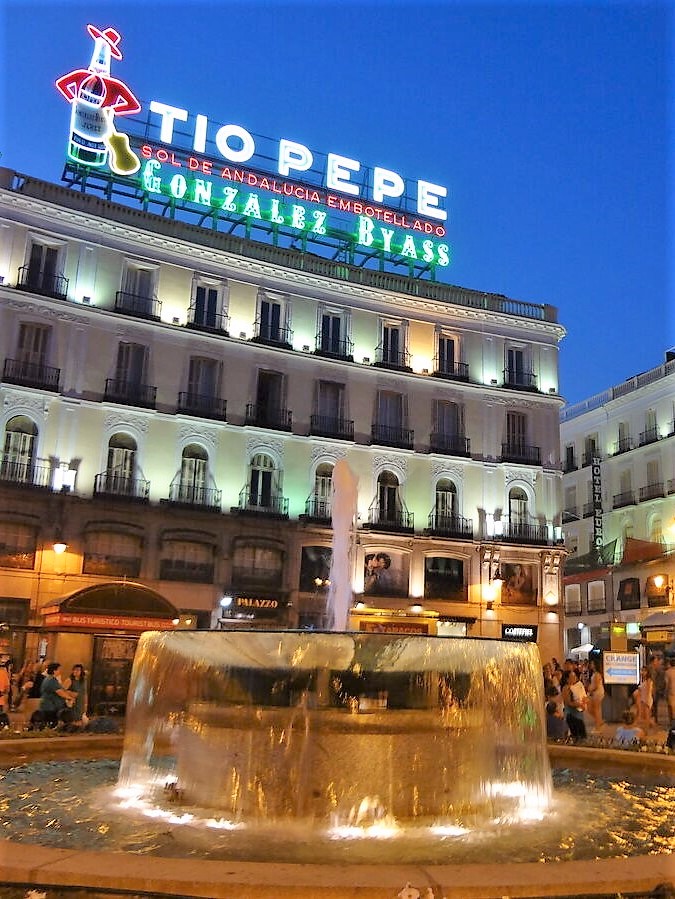
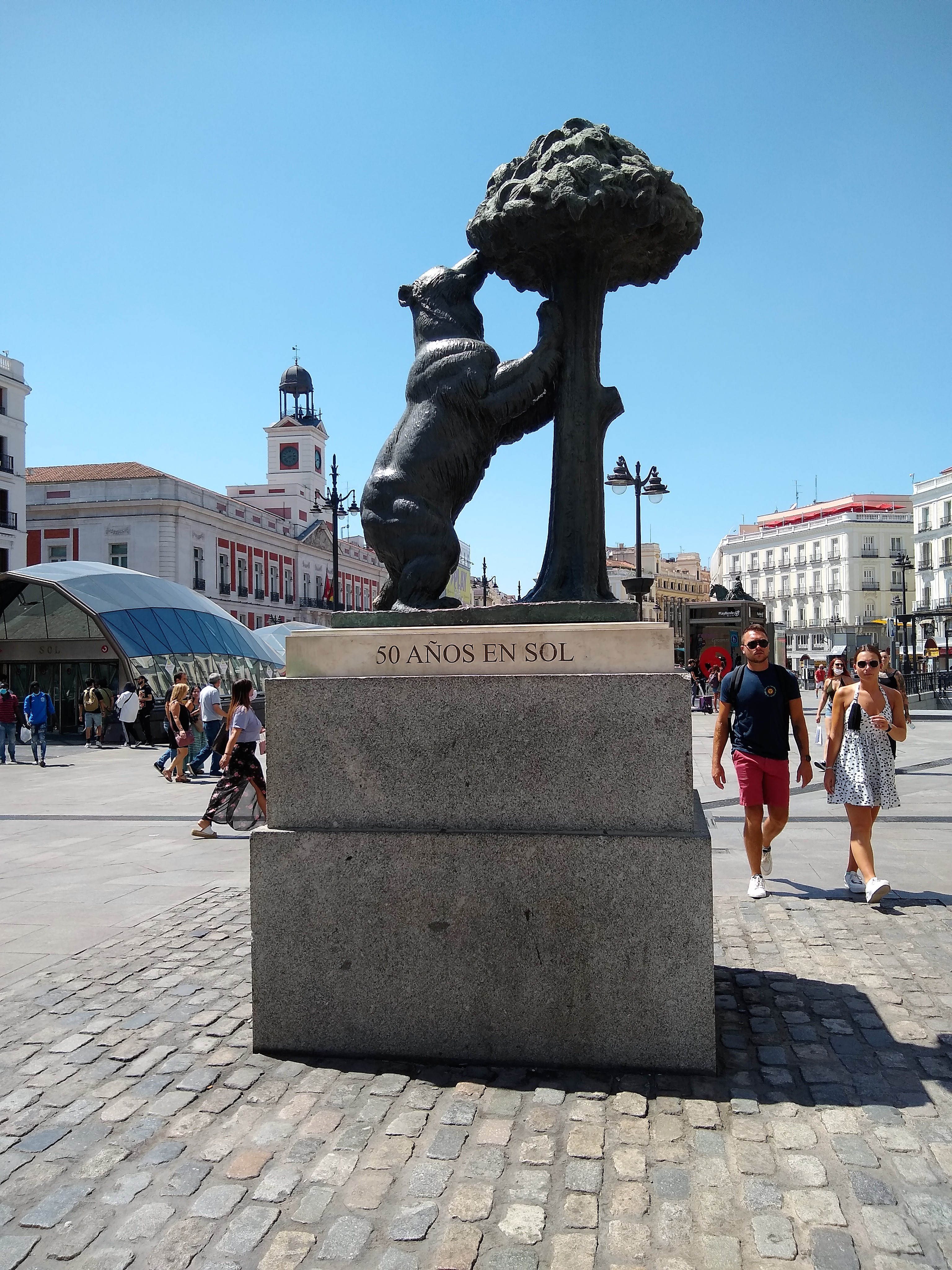
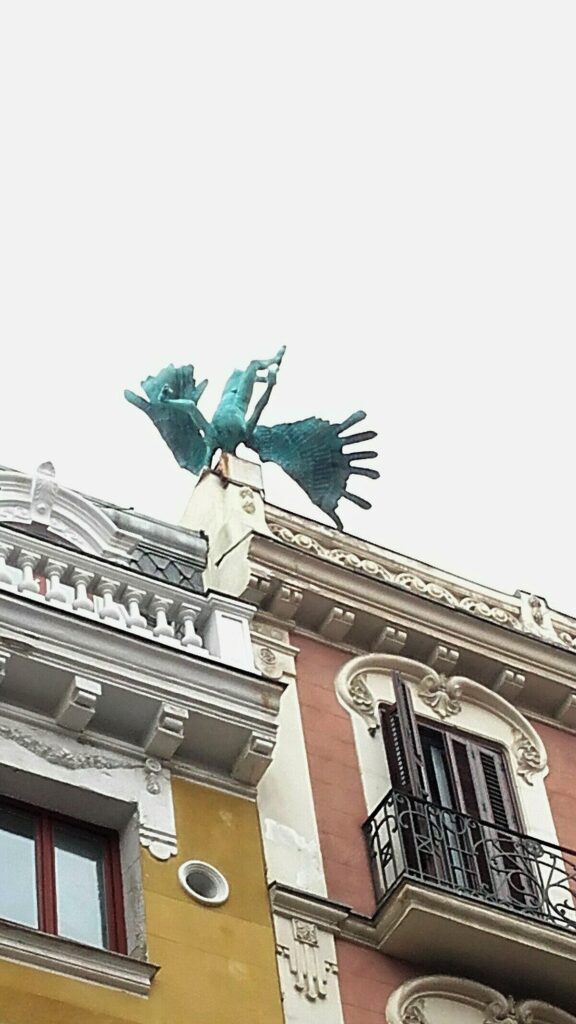
Air Crash 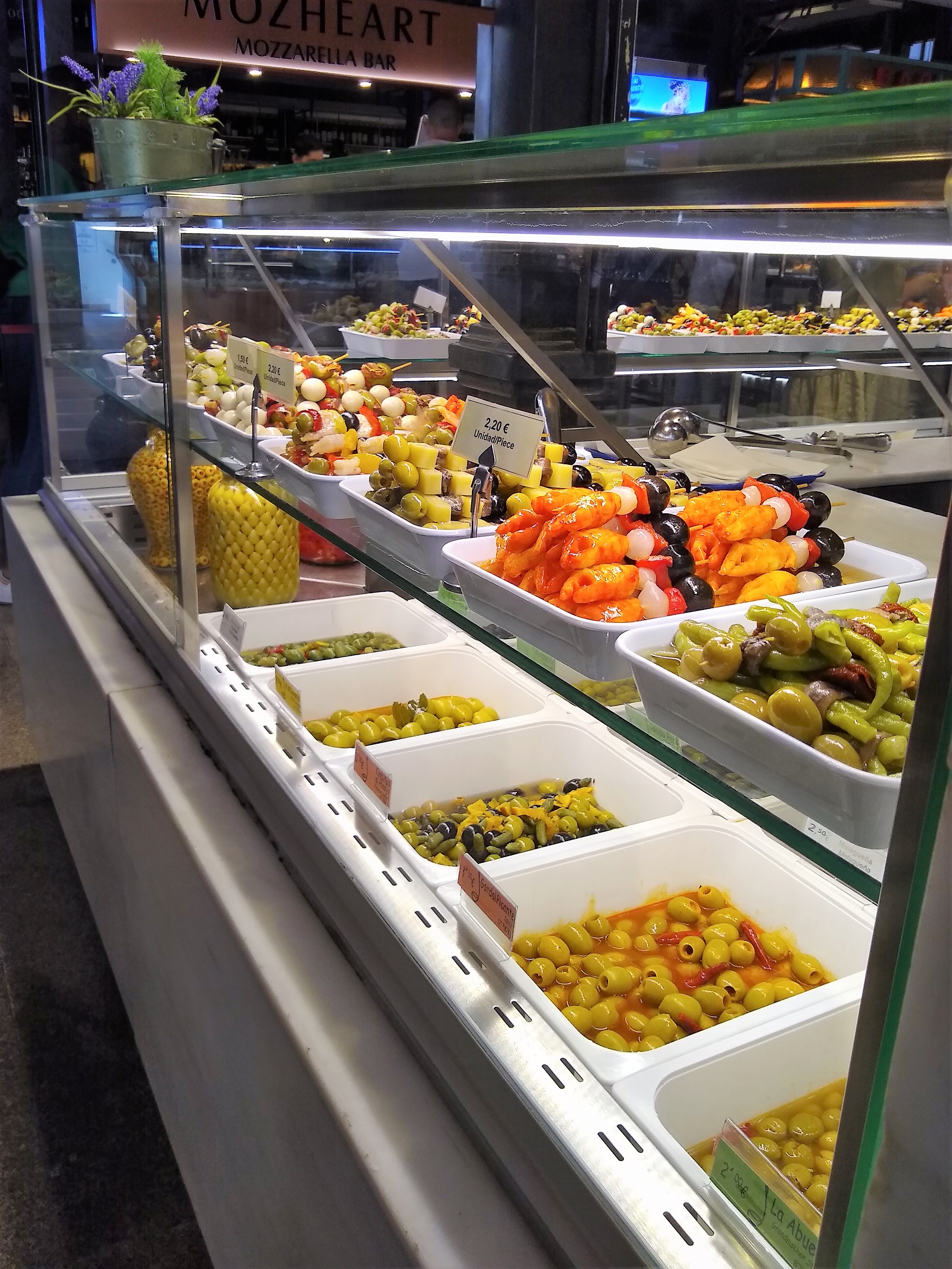
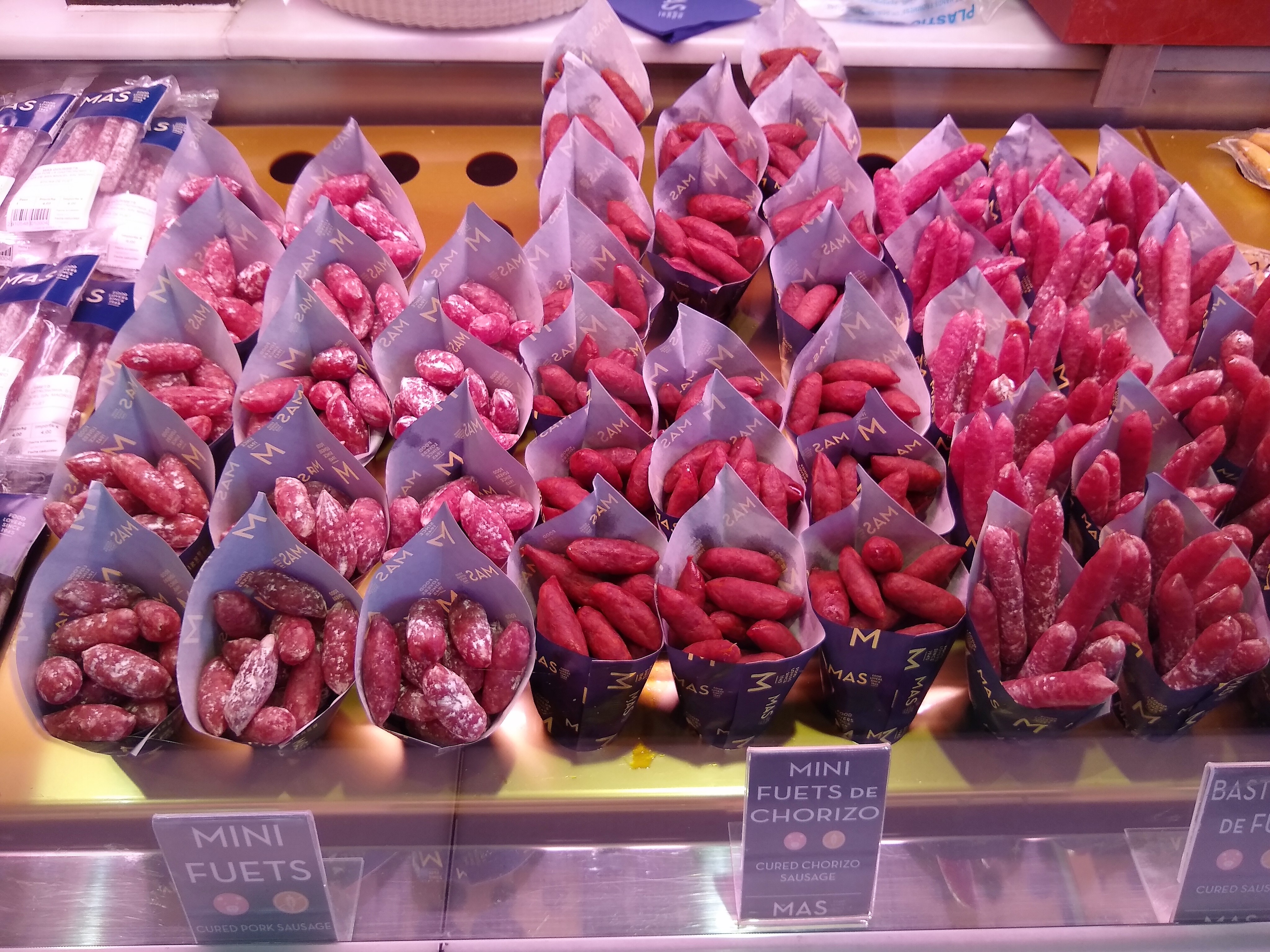
Retiro Park
There are many parks with fountains to find a shady respite from the brutal summer temperatures in Madrid – and also plenty of sidewalk cafes for a cool drink along your way. Retiro Park is the grand-daddy of all Madrid parks. With 308 acres and over 15,000 trees (including a 400 year old conifer, believed to be Madrid’s oldest tree), it’s a gigantic green space to enjoy. Note that you can rent a bicycle to explore the park, and there are numerous cafes to get a snack or a drink.
There’s a lake – rent a rowboat! – and be sure to view the Glass Palace. Near the Rose Garden, you’ll encounter a fountain with the statue of the Fallen Angel, the only sculpture in the world dedicated to the devil, as far as I know – which, interestingly, is 666 meters above sea level…
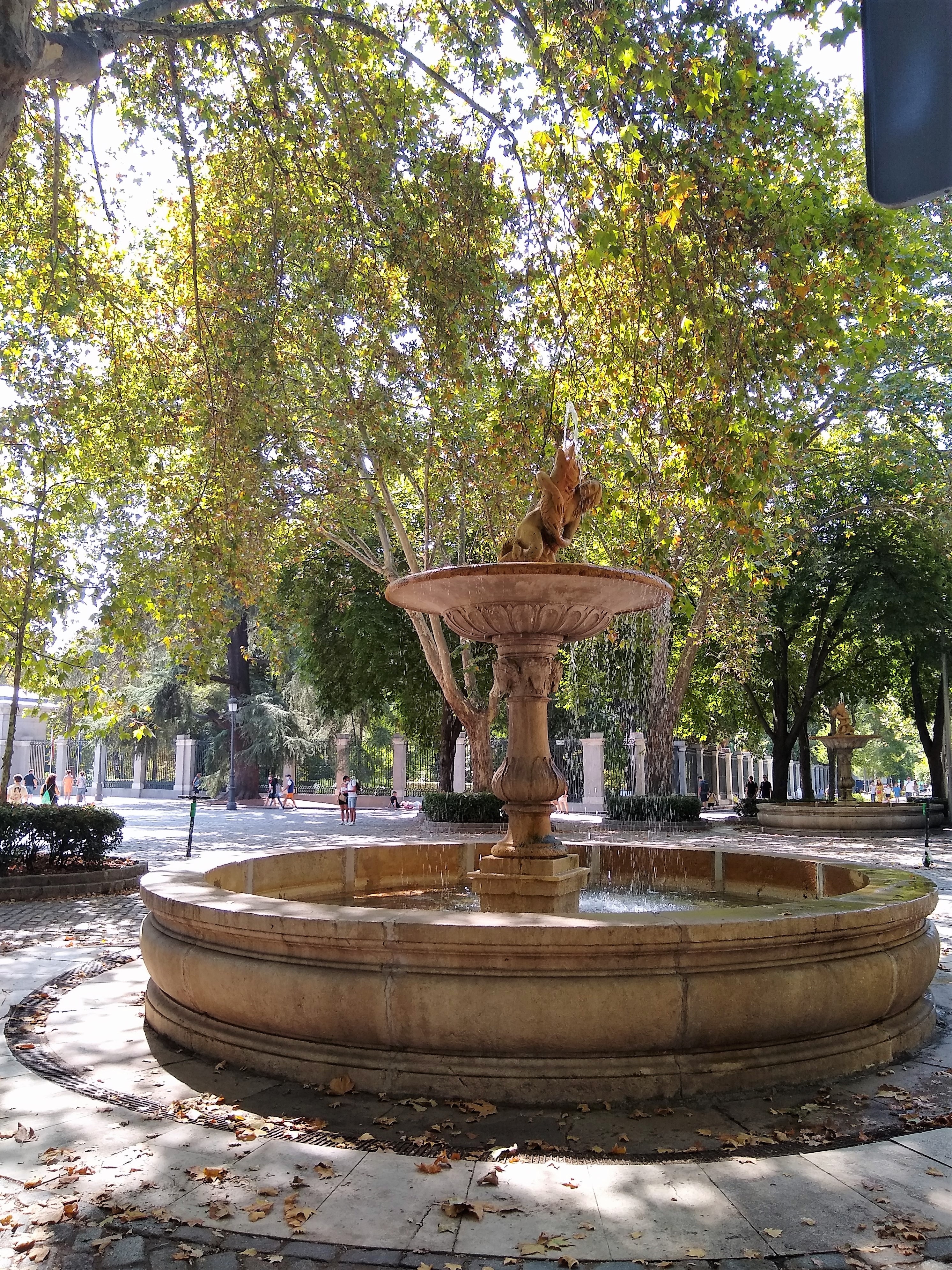
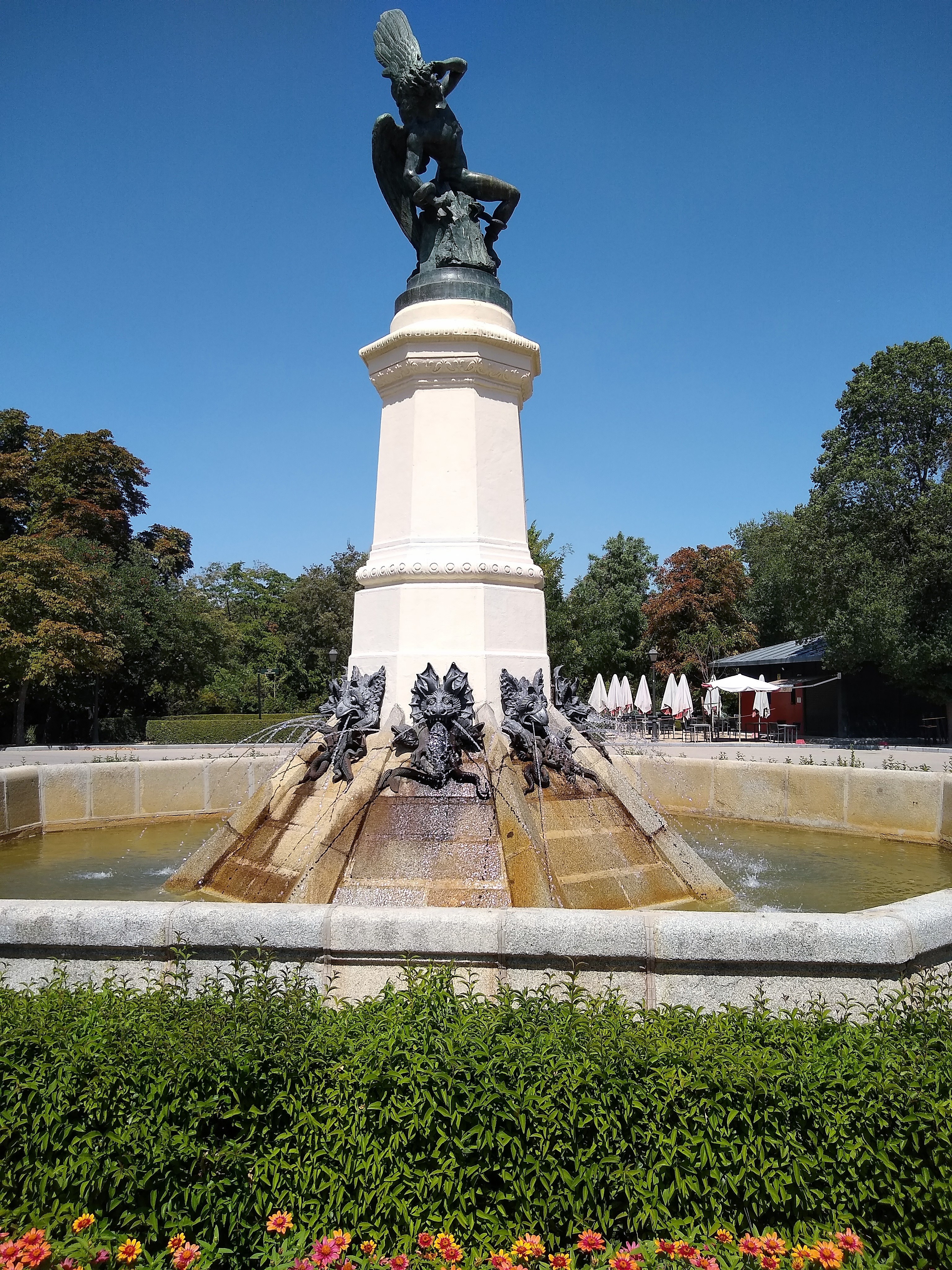
The Fallen Angel 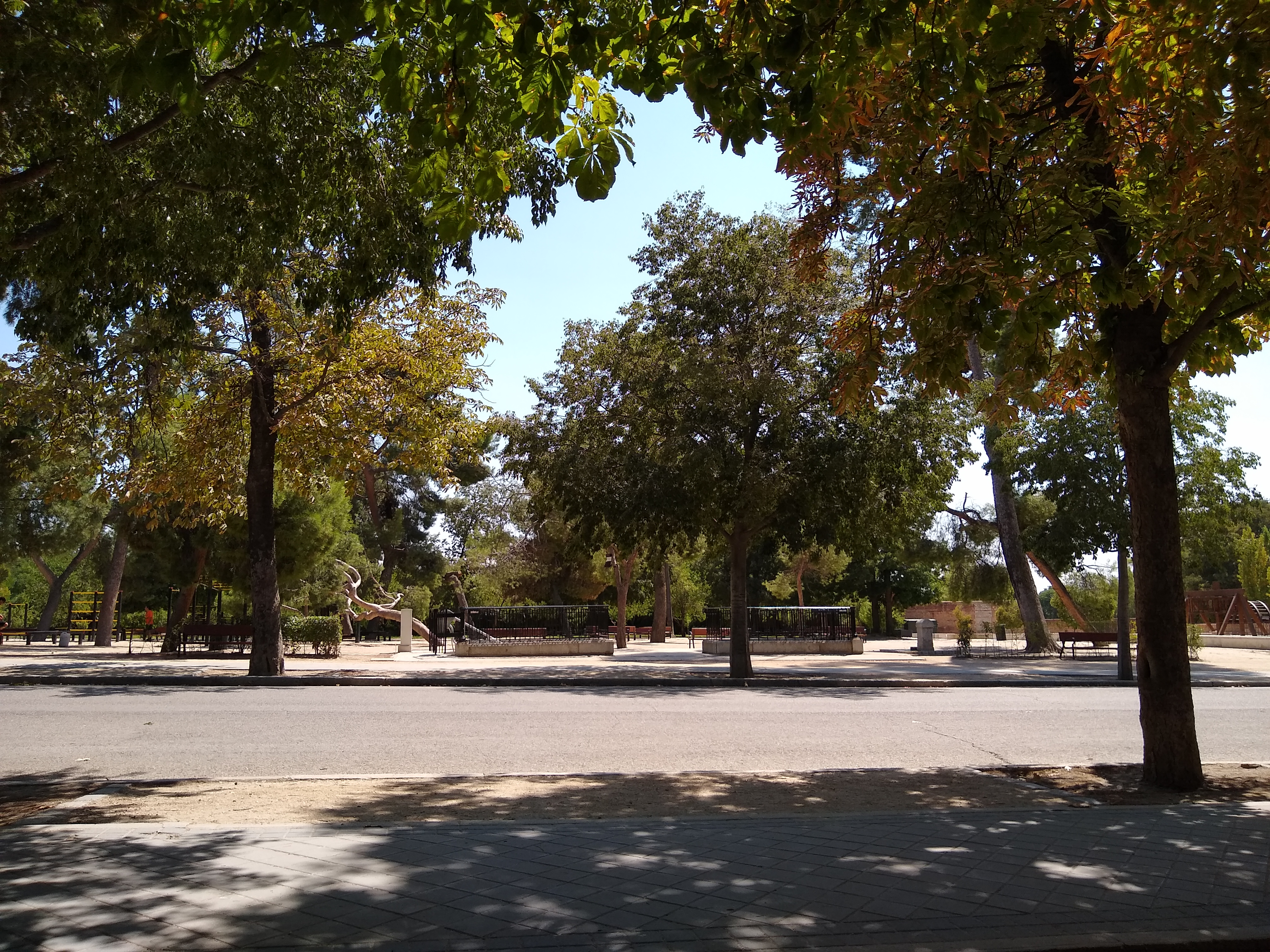
Retiro Park is a UNESCO World Heritage Site; for more info on why, check the Madrid Tourism office.
The Famed Museums of Madrid
These museums are all in the Retiro Park area:
- Museo Nacional del Prado. The Prado is one of the world’s great museums, filled with 12th to 19th century masterpieces by Diego Velázquez, Francisco de Goya, El Greco, Hieronymus Bosch, Albrecht Dürer, and more. Like most world famous museums, you could spend weeks here and not see it all!
- Museo Nacional Centro de Arte Reina Sofía. The Reina Sofia is specifically for 20th century Spanish artists – Picasso, Gris, Dali, Miro to name a few. Picasso’s must-see Guernica is housed here; chilling to see this right now, with what’s going on in Afghanistan. The painting and the atrocity of the incident that prompted it are fascinating.
- Museo Nacional Thyssen-Bornemisza. 13th to 20th century art, from the Renaissance to pop art.
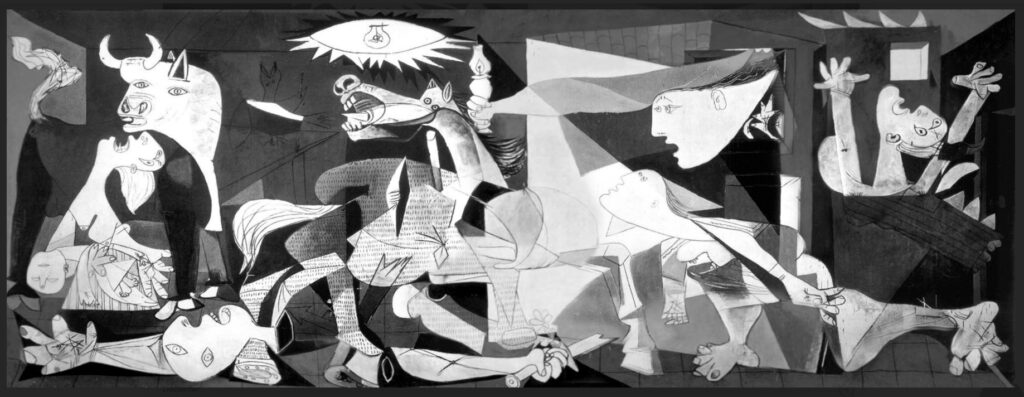
Since you’re in the area, you may want to check out the house and museum of Lope de Vega – and did you know about the tropical garden in the Atocha Train Station?! There used to be turtles there…but not anymore. The Royal Botanic Gardens are also nearby, gorgeous, and have a dedicated bonsai section.
Elsewhere in Madrid
Plaza Mayor – a popular tourist area in Madrid, lined with shops and overpriced restaurants – but fine for a rest with a vermouth and glass of water. There’s a great hat shop there that I need to explore more.
There are other distinct neighborhoods in Madrid besides Puerto del Sol, of course:
Lavapiés is a multicultural area, full of international cuisine, cool street art and hip bars and cafés. It’s a great place to check out local artists. On Sundays, the streets around Ribera de Curtidores are packed with the Rastro, the city’s largest flea market. At night, check out traditional old bars or catch a classic film at the Cine Doré.
La Latina is one of the oldest areas of Madrid and is famous for its many tapas bars. Head to Calle de Cava Baja for the ultimate tapas bar crawl, then spend a leisurely afternoon on the beautiful Plaza de la Paja, a lovely square lined with restaurants and bars. La Latina is also a good place to explore Madrid’s fascinating history; the free San Isidro Museum has interesting interactive displays that chart Madrid’s growth over the years.
Barrio de las Letras, also known as Huertas after its main thoroughfare, is Madrid’s literary neighborhood. It was here that Miguel de Cervantes lived and worked, alongside other great writers such as the playwright Lope de Vega, whose home you can visit. Later, it was a favorite stomping ground of Ernest Hemingway. Today, it’s a lovely area full of cool bars, restaurants and shops.
Chueca is one of the most stylish and vibrant areas of Madrid. Known as the LGBTQ neighborhood, it is home to lots of trendy bars, cafés, and shops. It’s a magnet for Madrileños of all ages, gay and straight, and is known for its fun atmosphere and range of great restaurants, cocktail bars and clubs. Spend an afternoon enjoying a drink on the rooftop terrace of the popular San Antón Market. I’d heard of the ‘hanging houses of Chueca’ but did not see them.
Just west of Chueca is Malasaña. In the 80s, Malasaña was a rough area of bars, drugs, and nightlife. Today, it has cleaned up a lot and is considered Madrid’s hippest neighborhood. Malasaña is a treasure trove of vintage shops, boutiques, and laid-back bars and restaurants.
Salamanca is one of the most expensive areas in Madrid. You’ll find the most exclusive designer brands in Salamanca’s Golden Mile. It’s a great area for people watching, and if you’re looking to treat yourself to a Michelin restaurant meal or a designer cocktail, this is the place. Mercado de la Paz is a bustling market that is home to one of Madrid’s most popular little bar/restaurants, Casa Dani, which is famous for its tortilla de patatas and its bargain fixed-price lunch menu. Also, Platea is a converted 1950s cinema that is now home to bars, food stalls, Michelin rated restaurants, and entertainment.
The Sites and Sights I Didn’t See
Two to three weeks is just not enough for the great city of Madrid. There was so much I didn’t see! I’ll keep adding to my list for my next visit – which I think will be fairly soon. [Update: I’m returning in December!]
- Free Walking Tour of Madrid (tip your guide!)
- Flamenco Show
- Bullfight. I don’t want to see this – but, it’s one of the experiences of Madrid.
- Jazz Clubs: Cafe Central or Cafe Berlin
- Royal Palace – reportedly similar to Versailles.
The Restaurants I Didn’t Try – Yet
These are on my list. It’s just so hot, and with all the vermouths, tintos, and snacks – I was never really hungry!
- DiverXo – the only 3 Michelin-starred restaurant in Madrid. It’s far from Sol. And strange – check out their website.
- Santceloni – a 2-star restaurant, on my list, but it is closed temporarily.
- El Club Allard – 2-stars, converted from a private club – temporarily closed.
- Ramón Freixa Madrid – 2 stars, in Salamanca, inside Hotel Único.
- Restaurante Gaytán – 2 stars – the open oval kitchen looks amazing.
- Casa Mingo – no stars, but it’s picturesque, it’s cheap, it has artisanal cider. Extra perq: near Goya’s tomb, which is reportedly a hoot.
- Filandon – a gorgeous outdoor setting, “the countryside in the city.”
- Asador Donostiarra – closed until September.
In Conclusion
This visit is definitely going to re-order my favorite cities in the world list. Madrid is the biggest city in Spain, with 3.5 million inhabitants. It is also the capital of Spain, and the royal family lives here. As a thriving, bustling city with a very strong art scene and a lively atmosphere, the people of Madrid are among the warmest I’ve encountered.
Madrid is a relatively safe city for a solo woman – there are many people out and about at all times, and never once did I feel uncomfortable on my own. Walking in the day or evening, taking the metro, dining alone, exploring the parks – no problems. I speak very rudimentary Spanish and rarely encountered a language barrier.
Are you familiar with Madrid? Please let me know other things in this great city that I must see next time I’m there. And, I hope you’ve subscribed to my newsletter on the yellow form at the bottom of the page – next up is about the amazing Les Falles in Valencia, Spain.
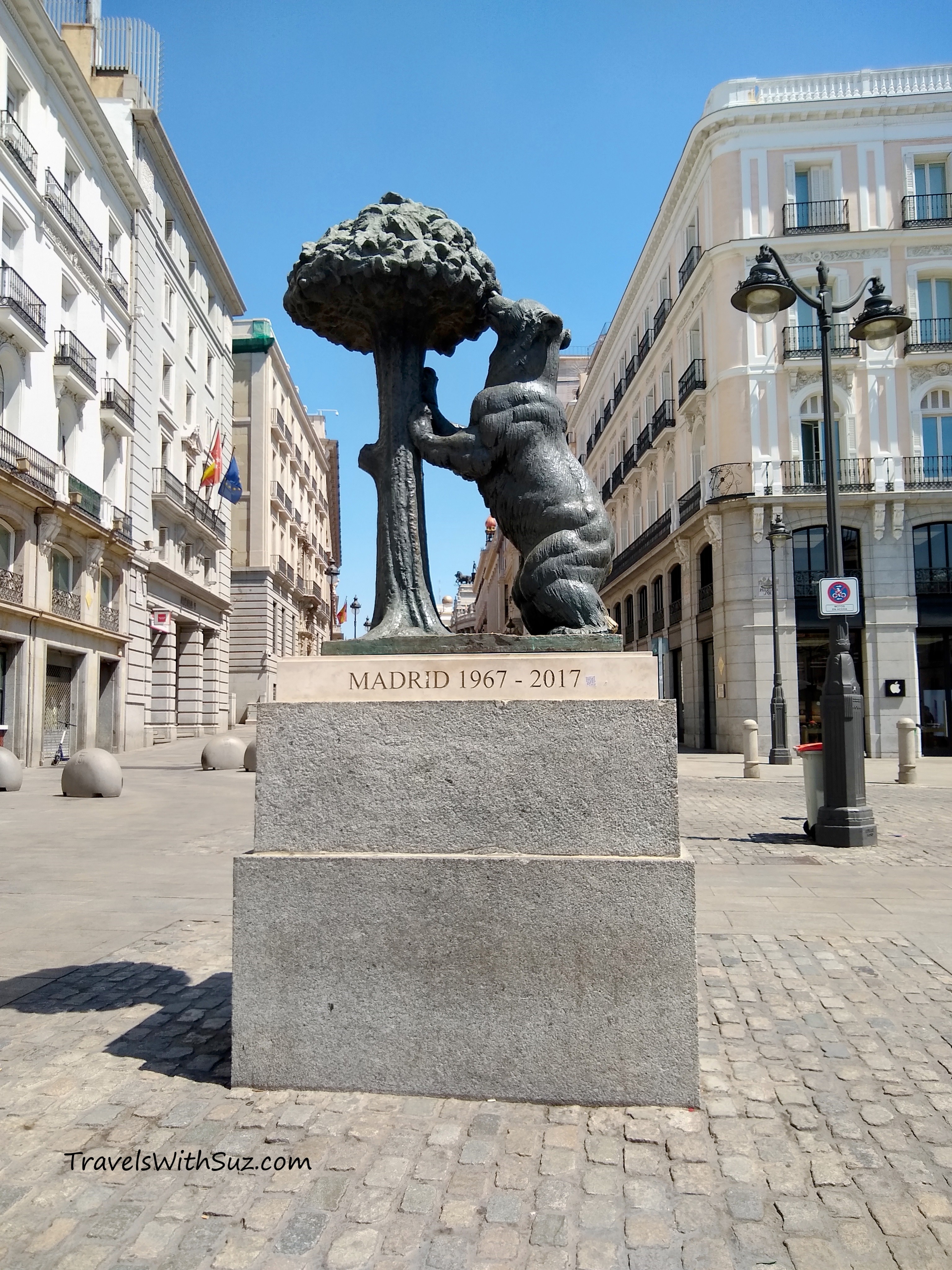
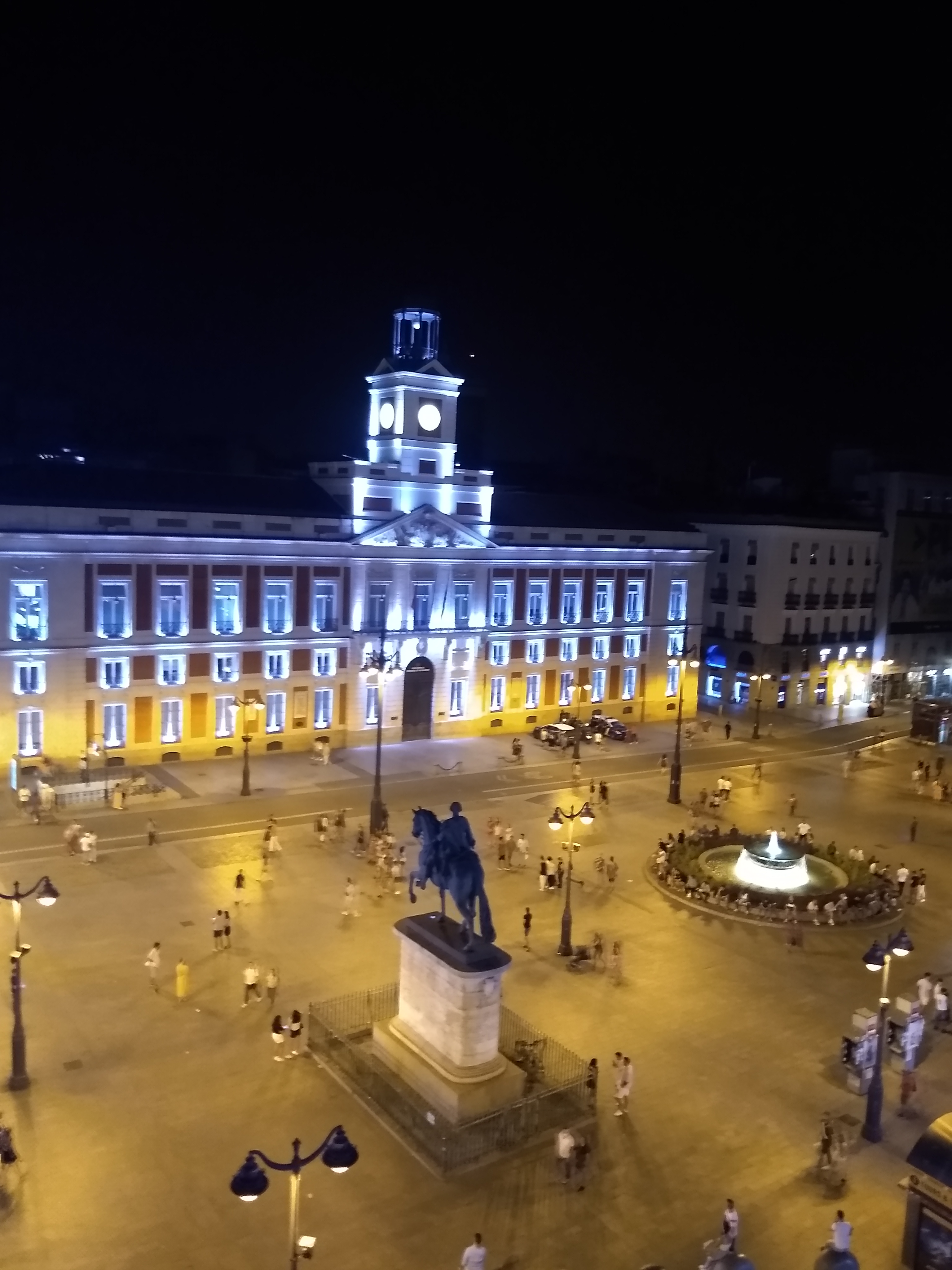
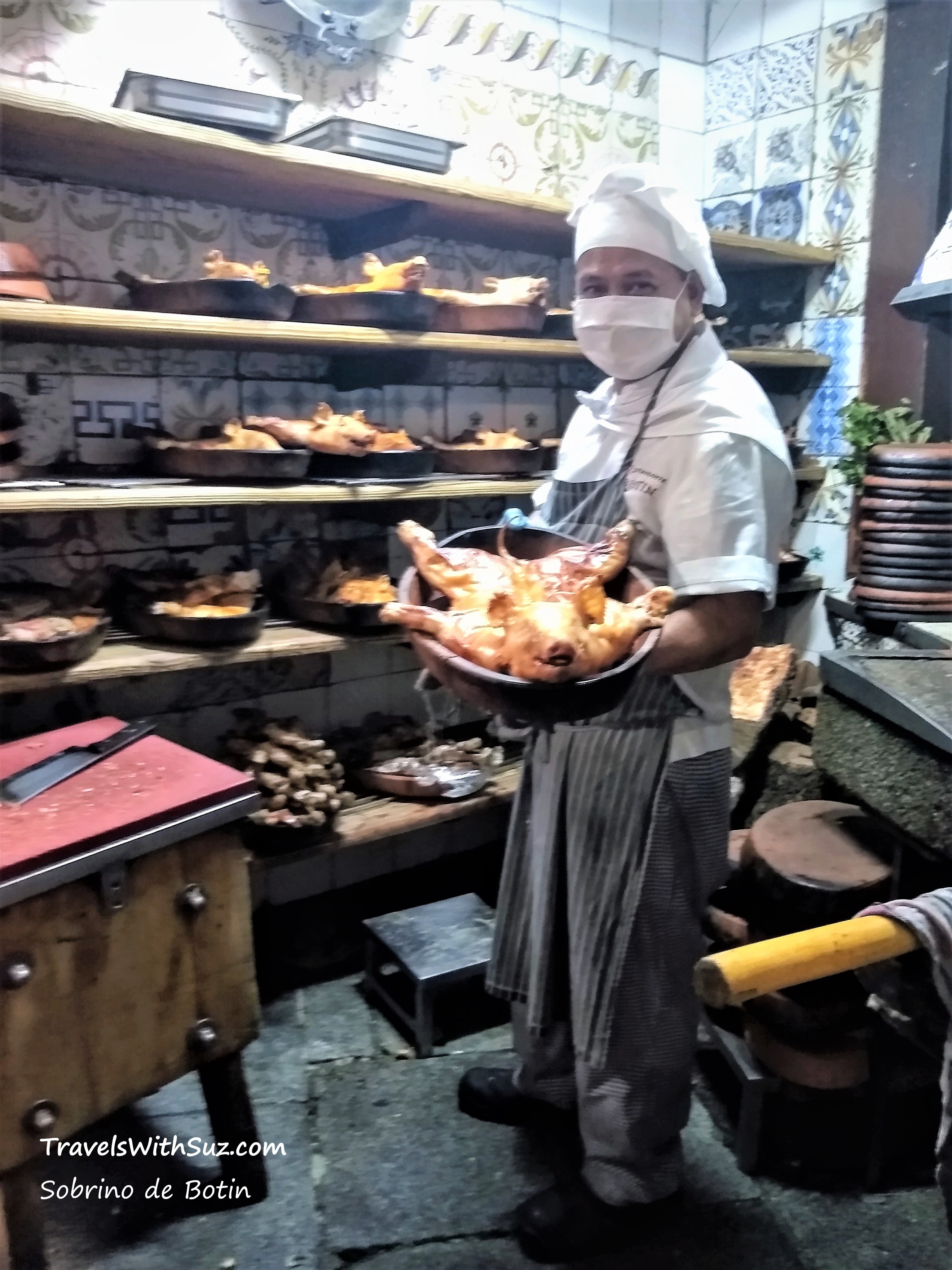
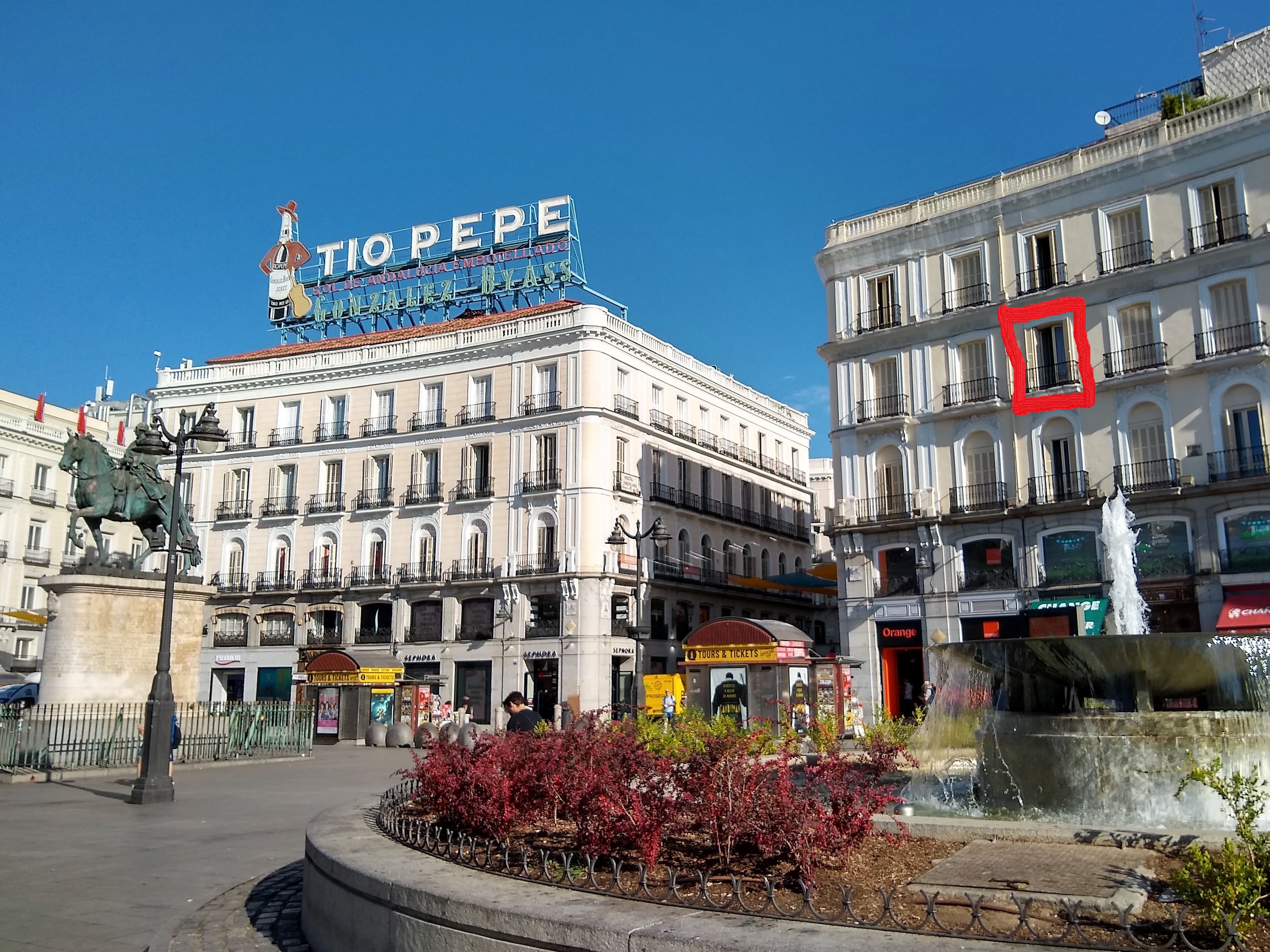
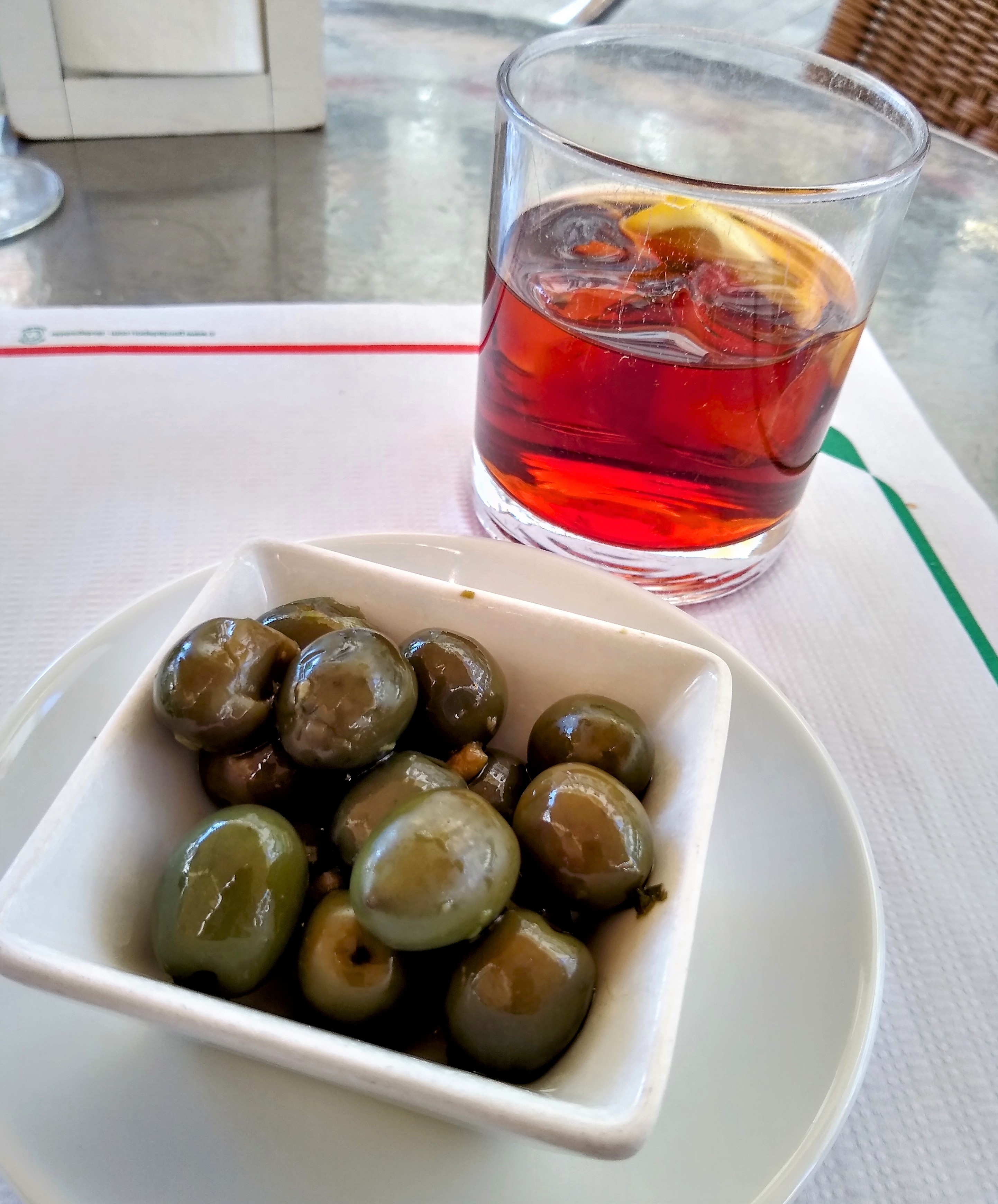
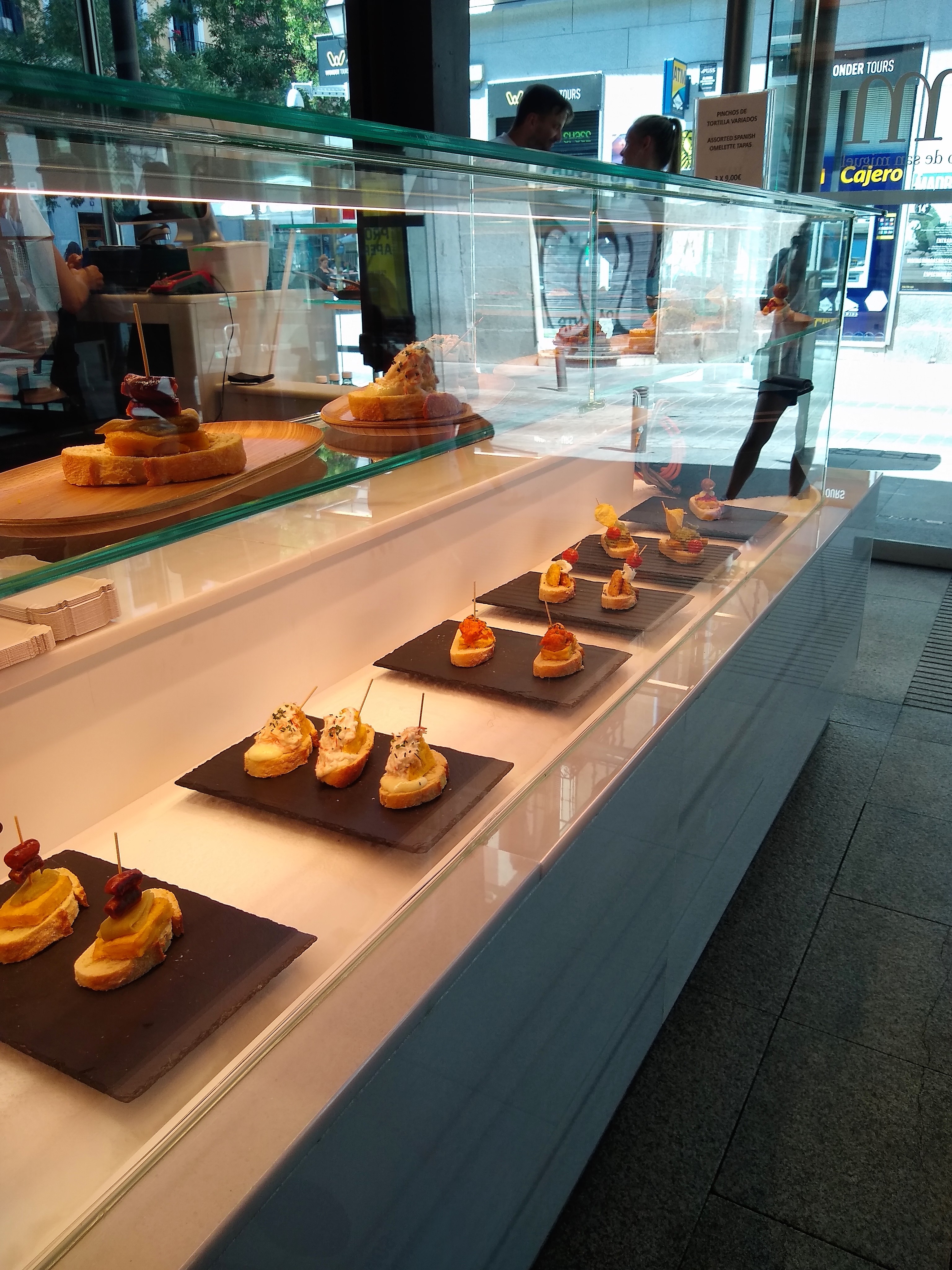
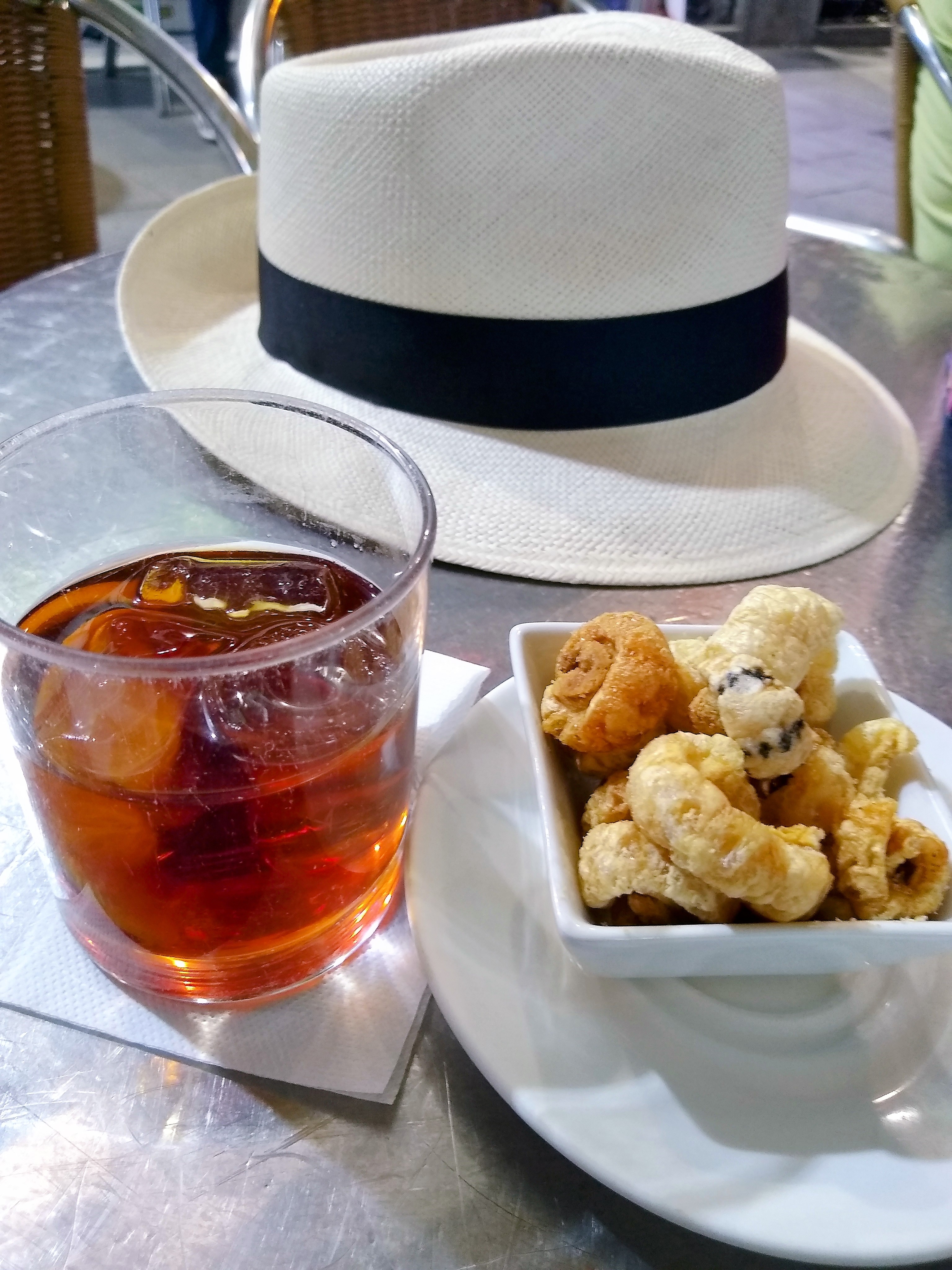
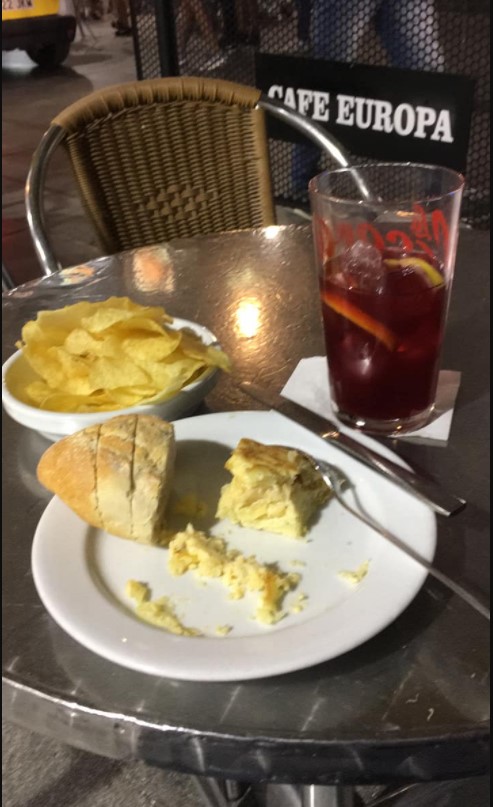
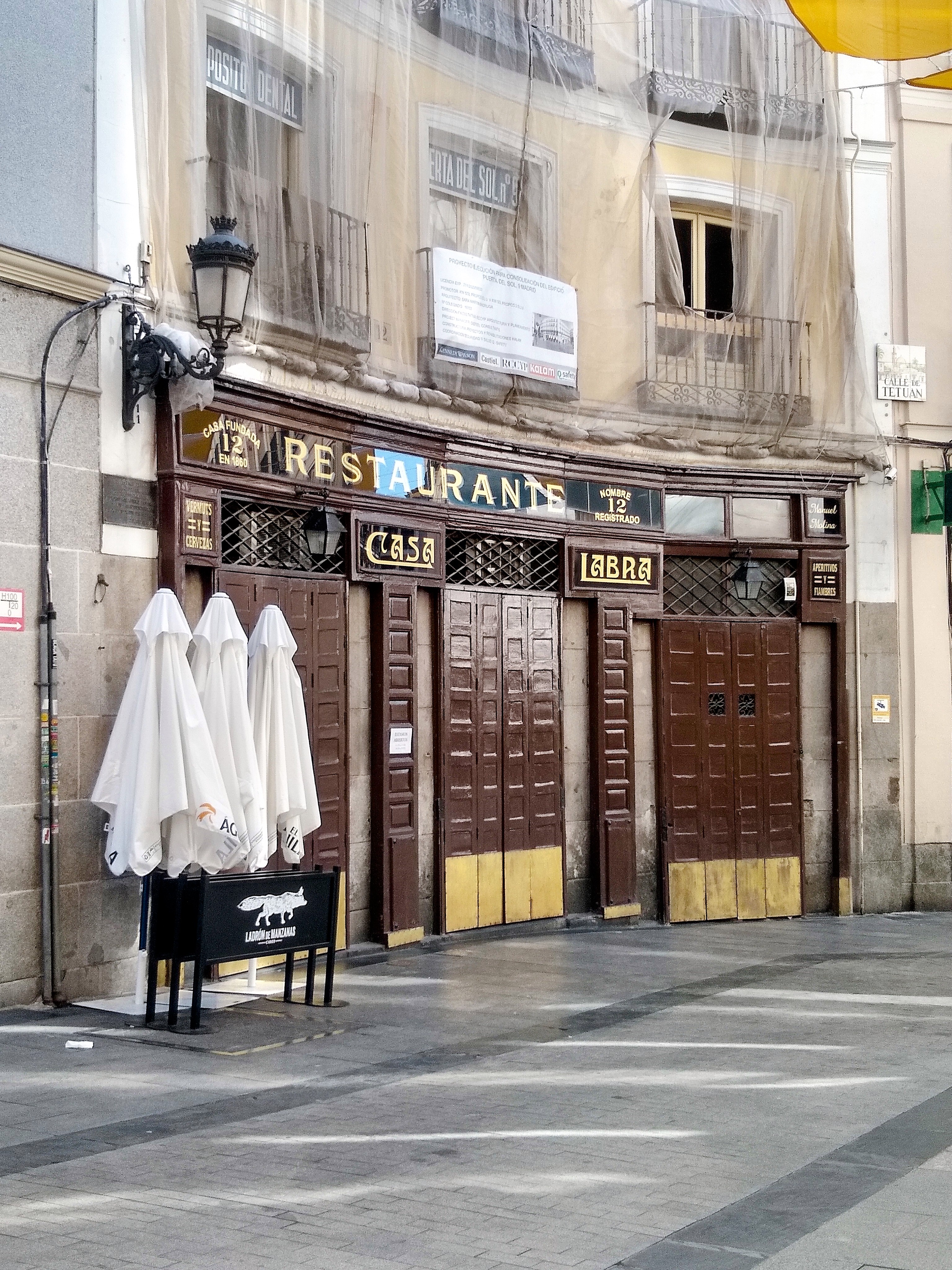
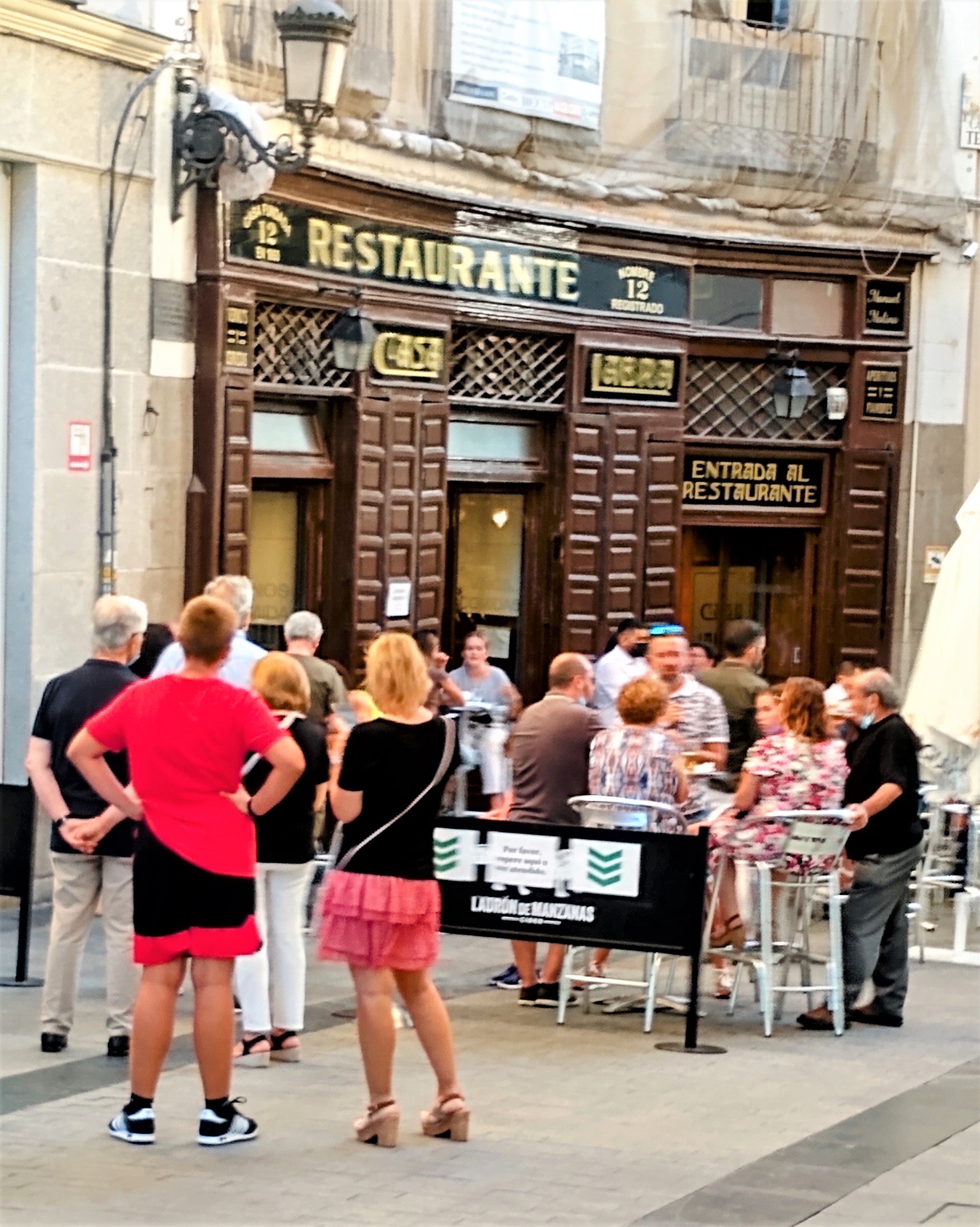
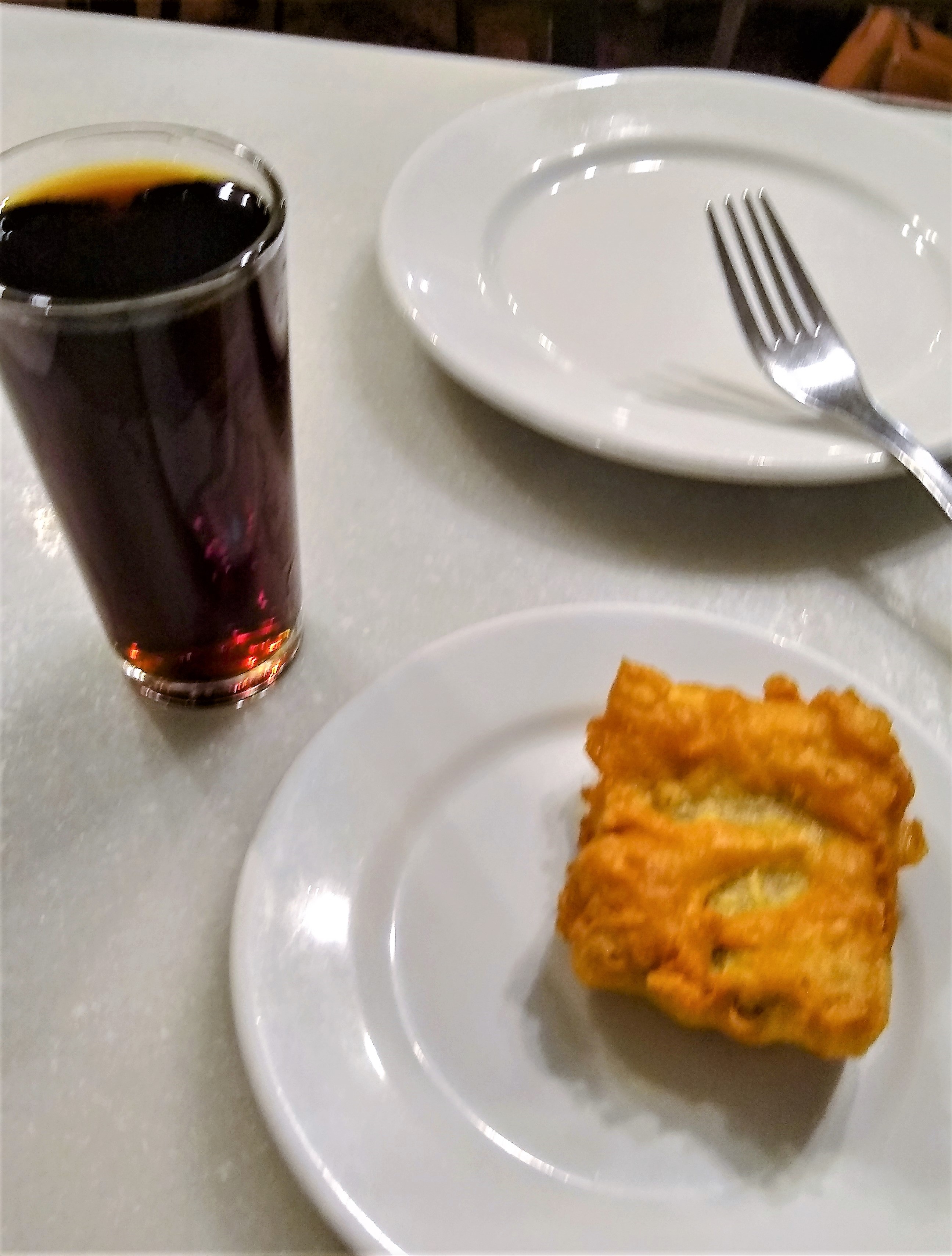
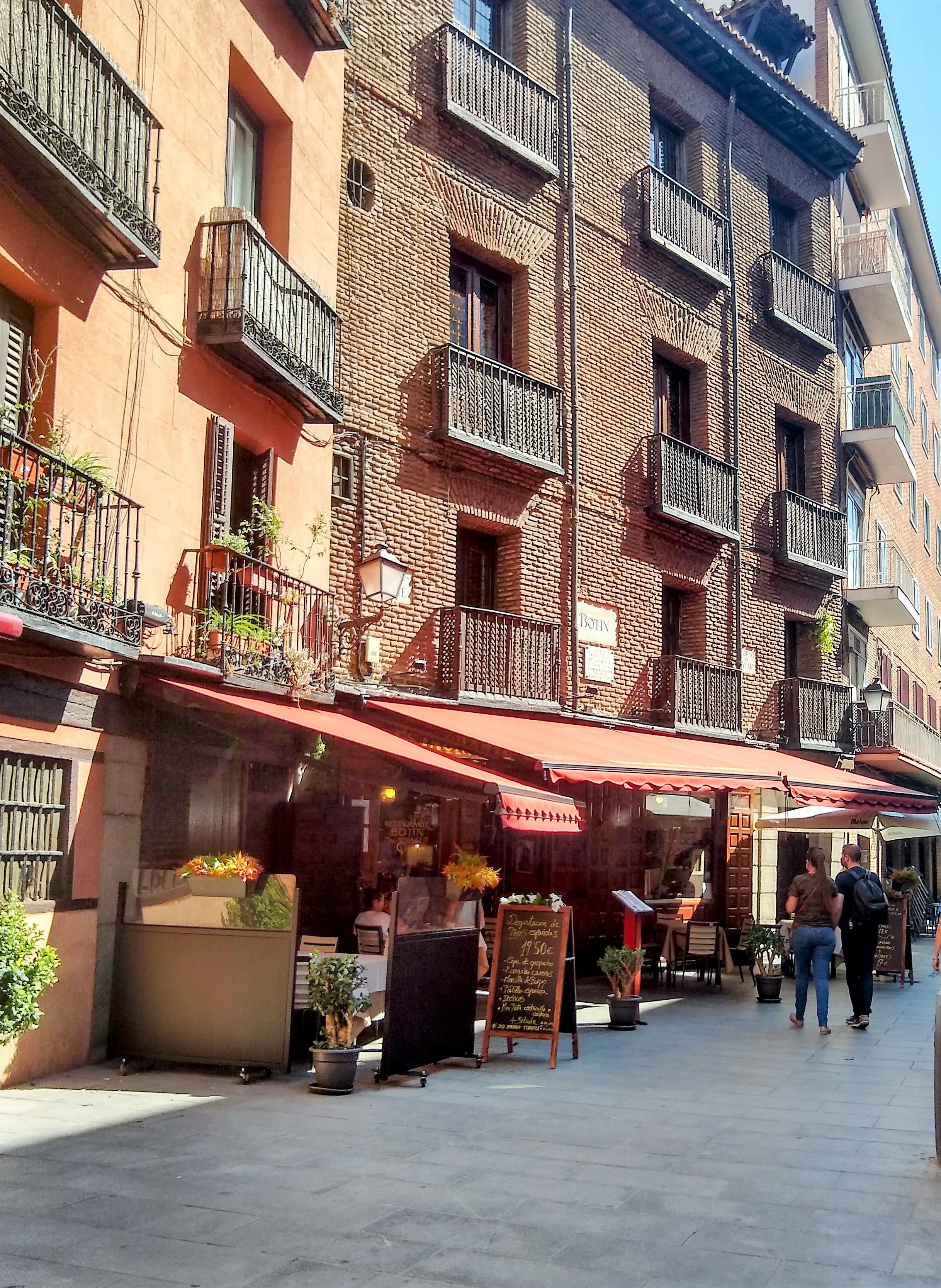
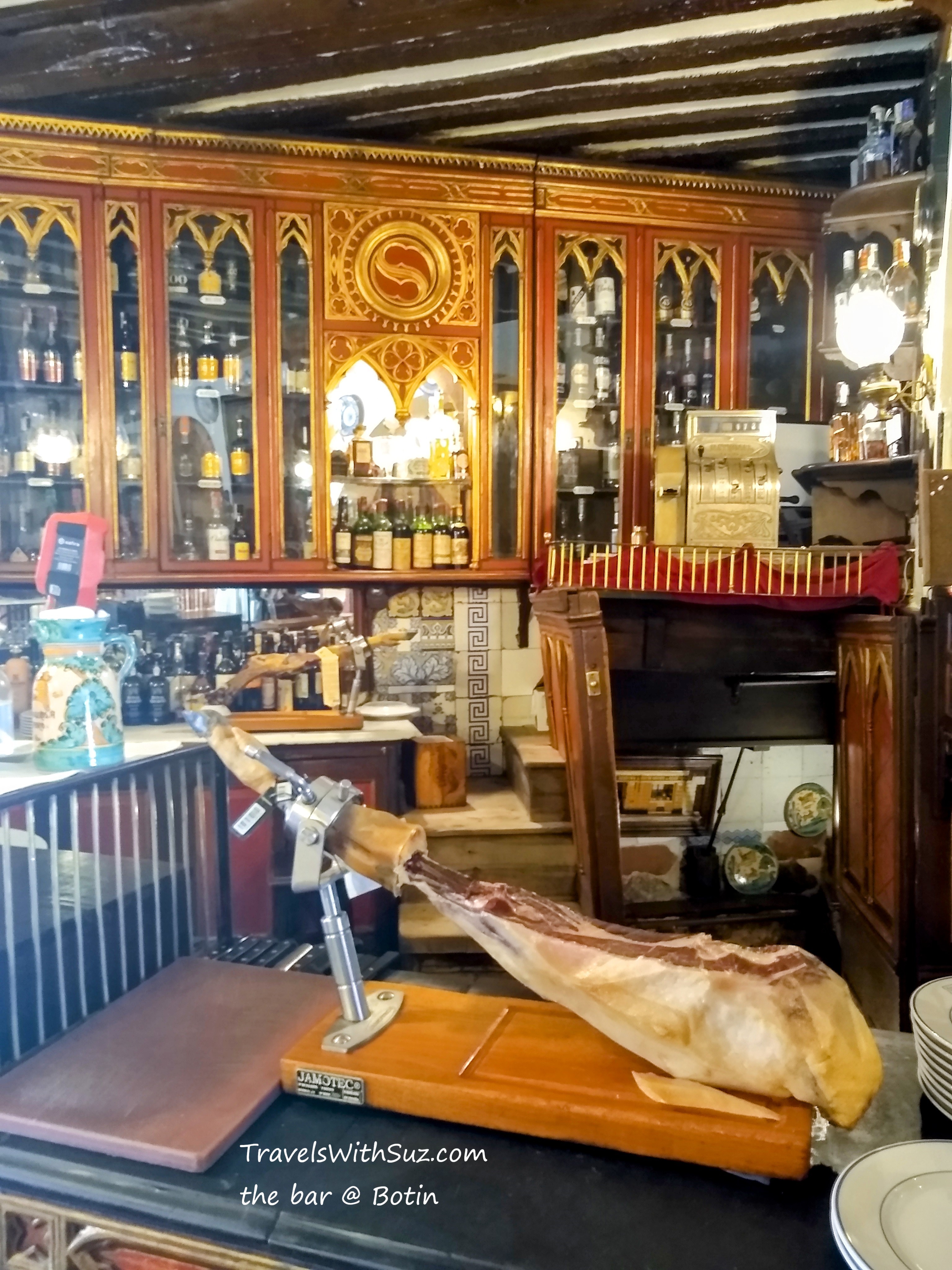
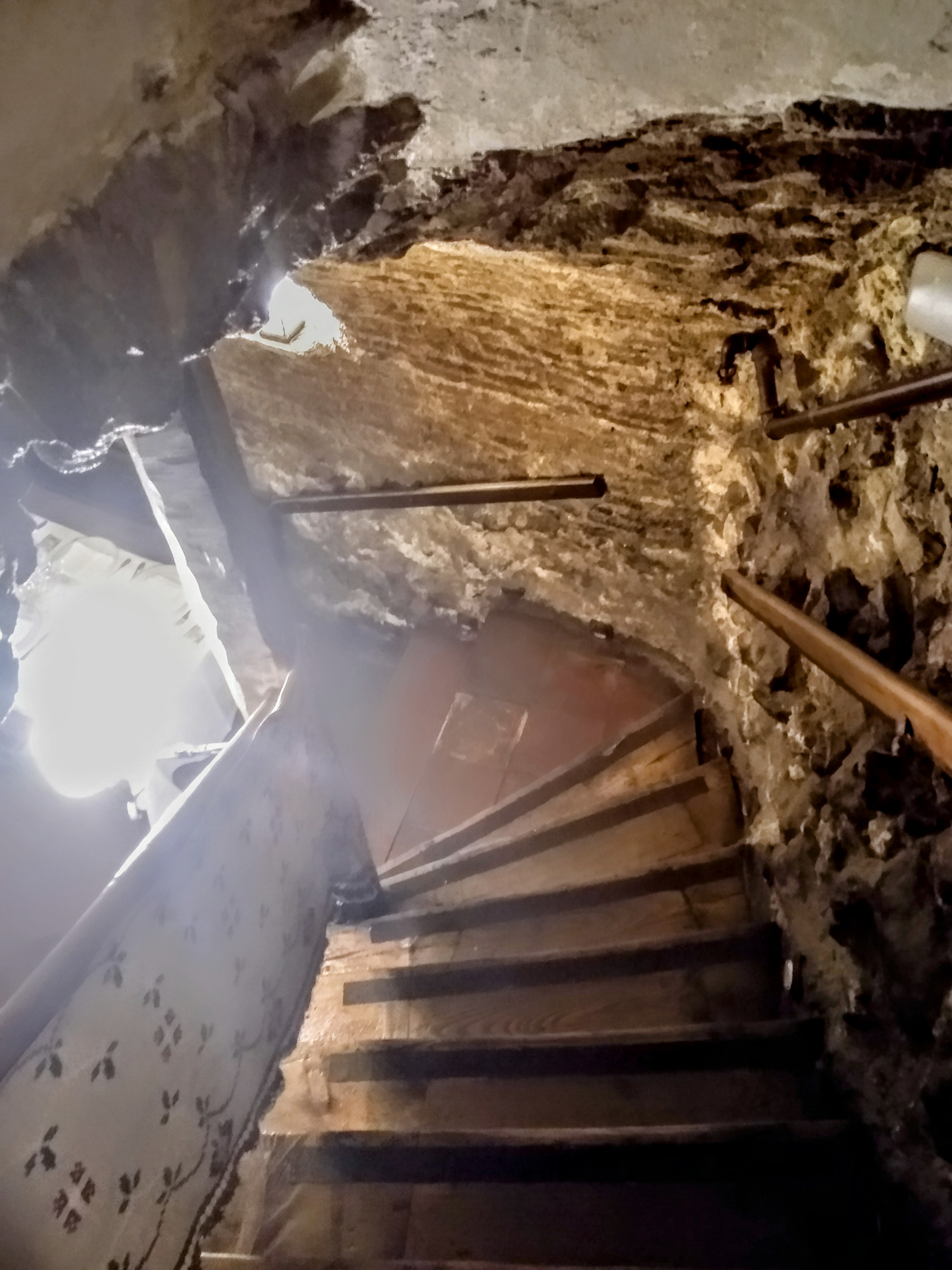
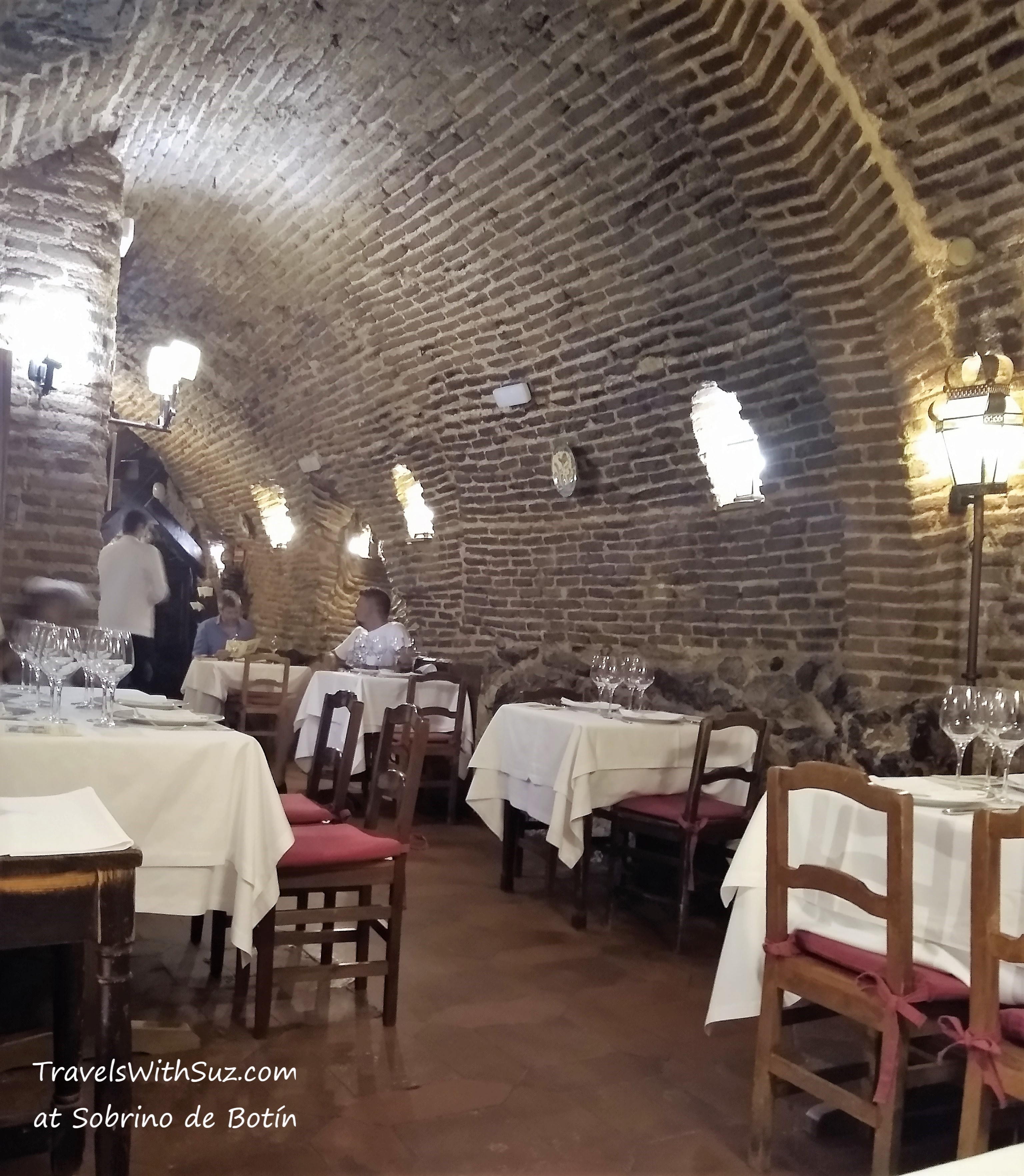
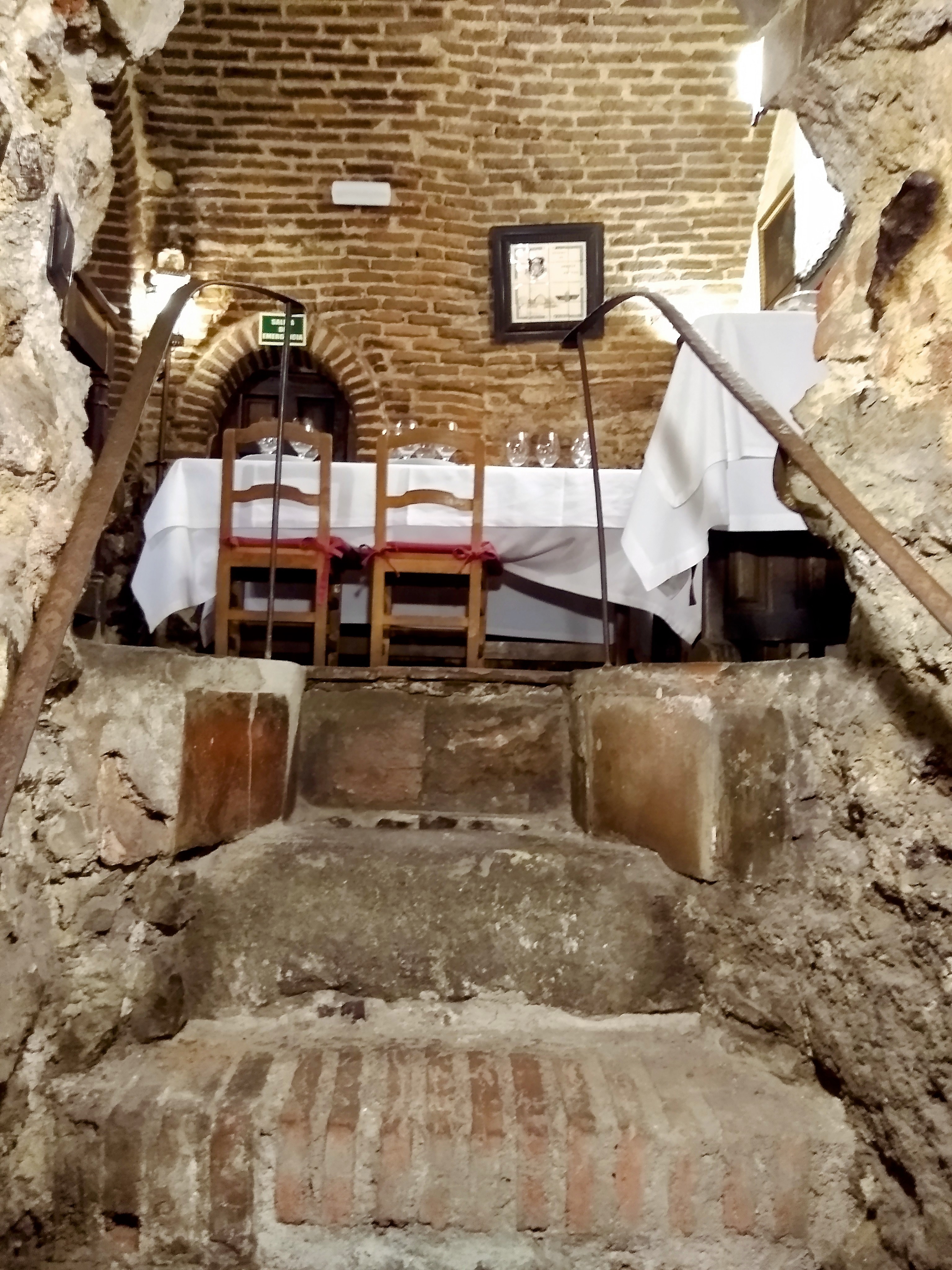
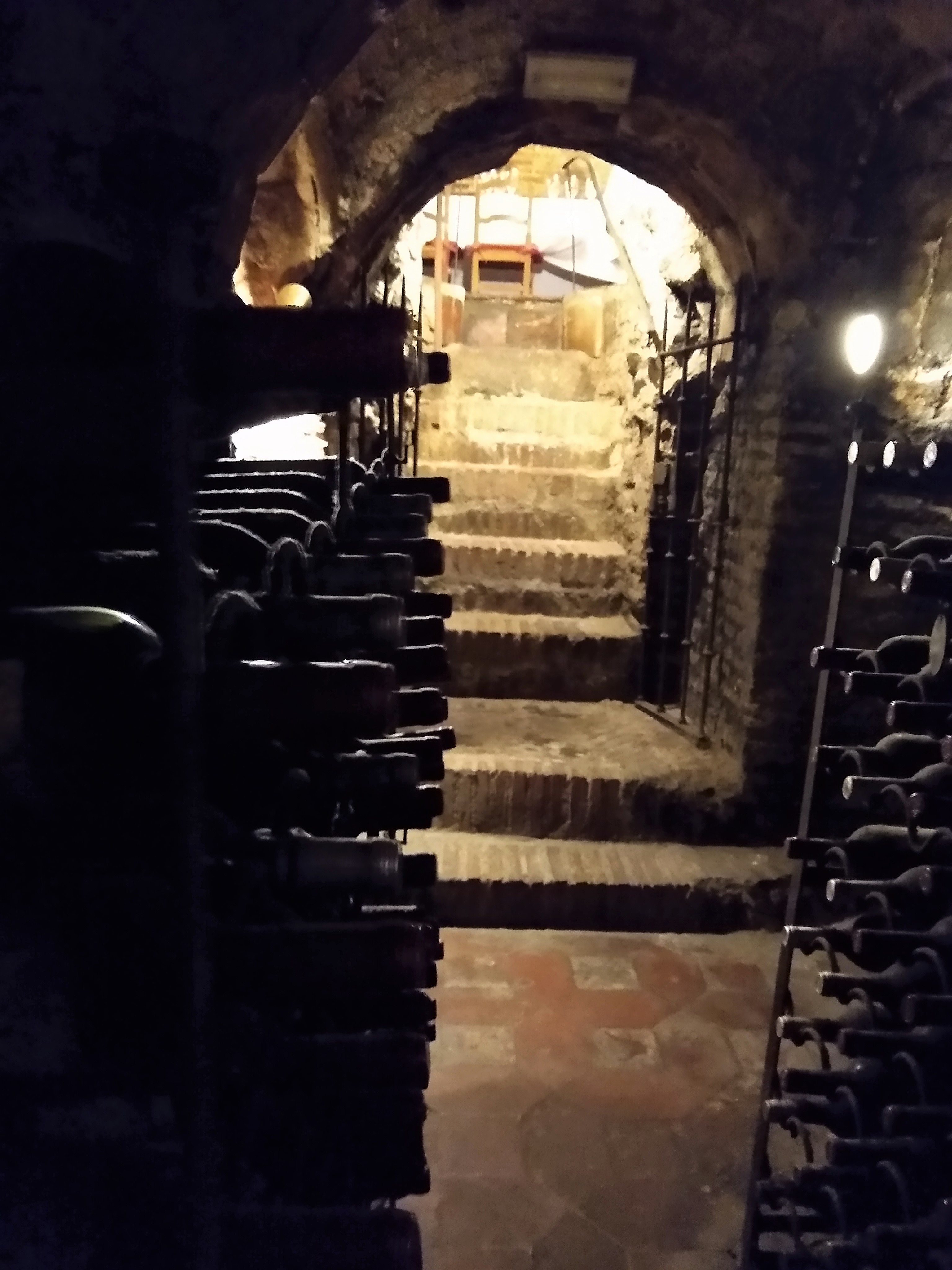
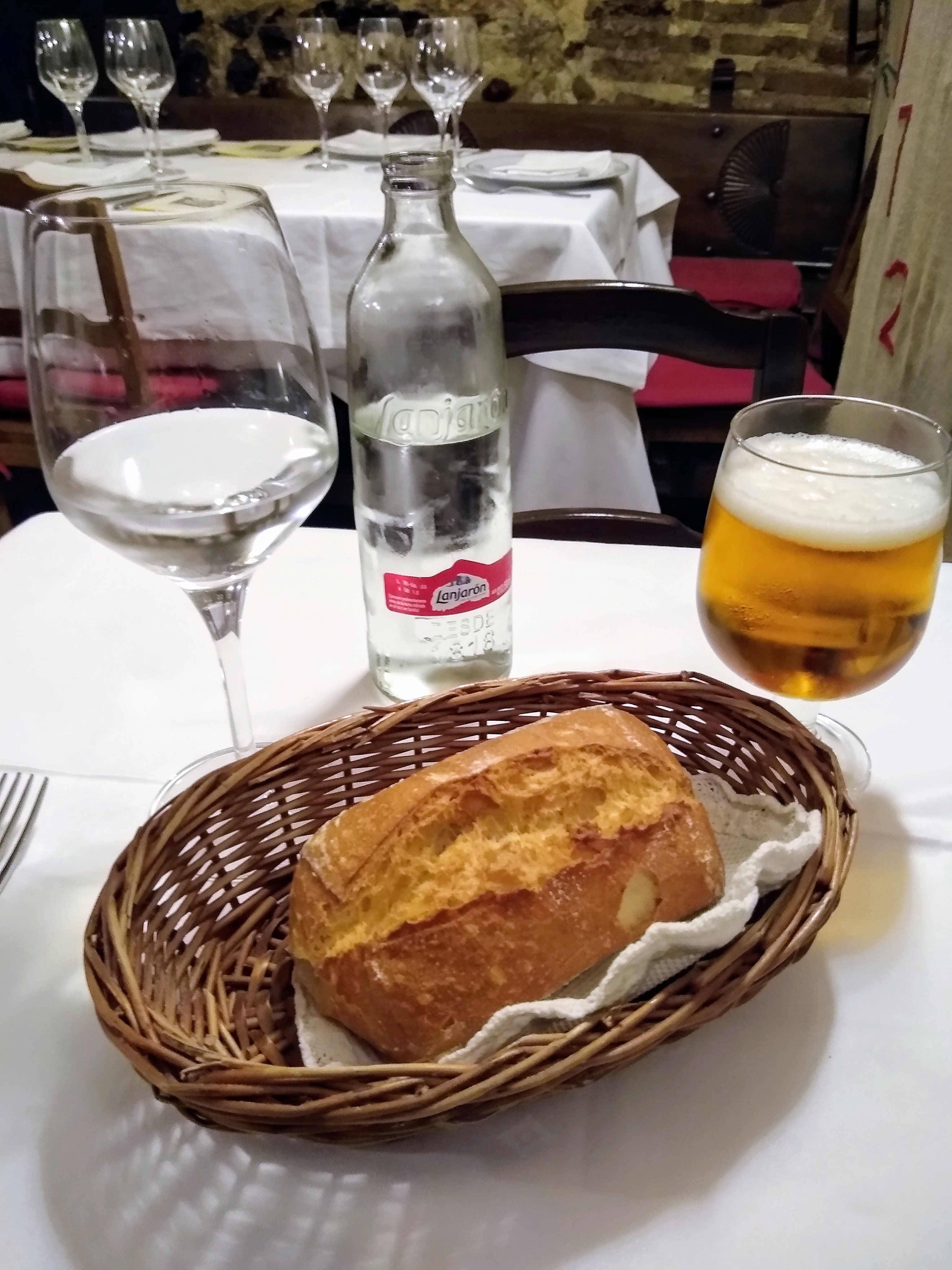
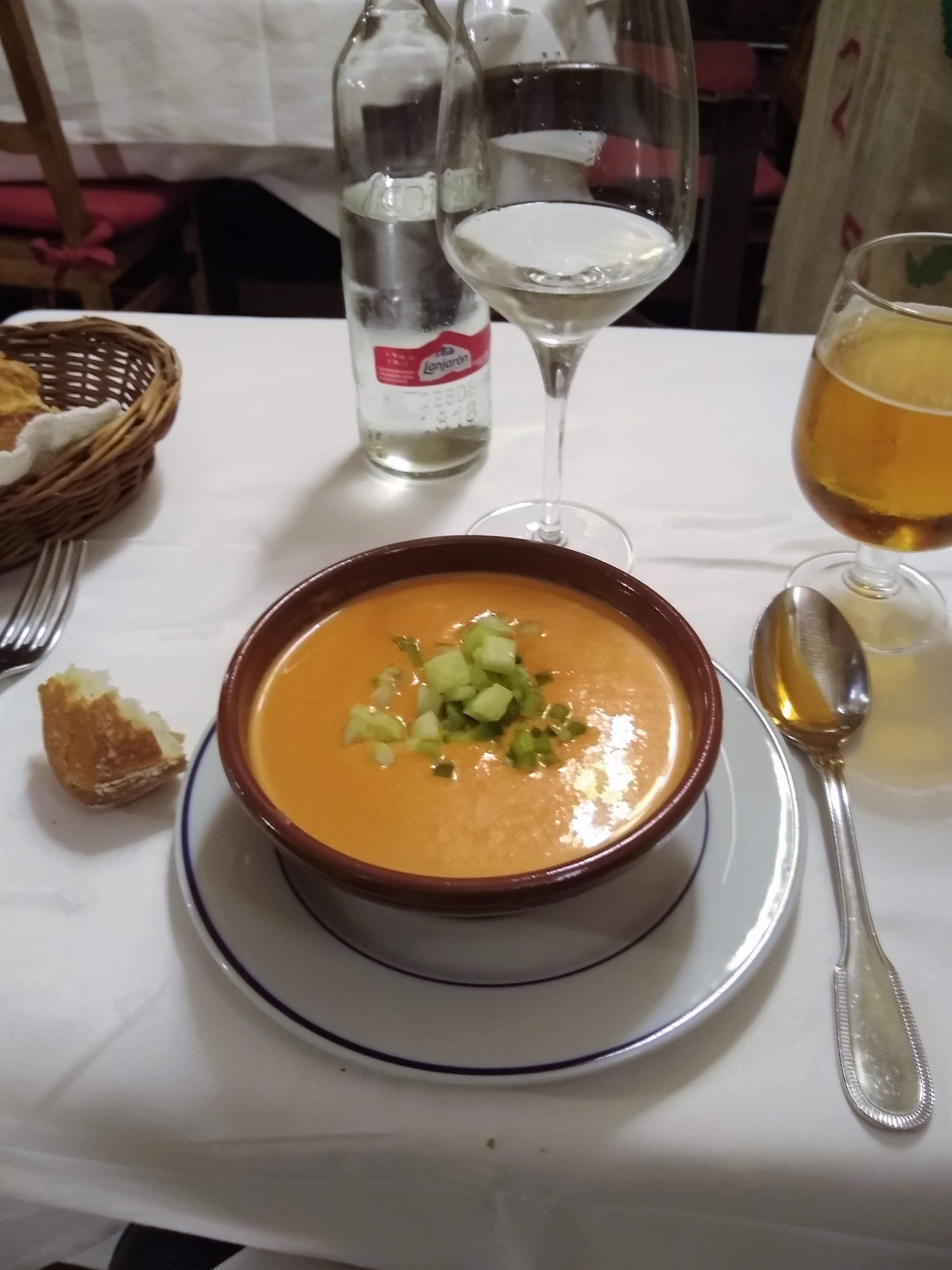
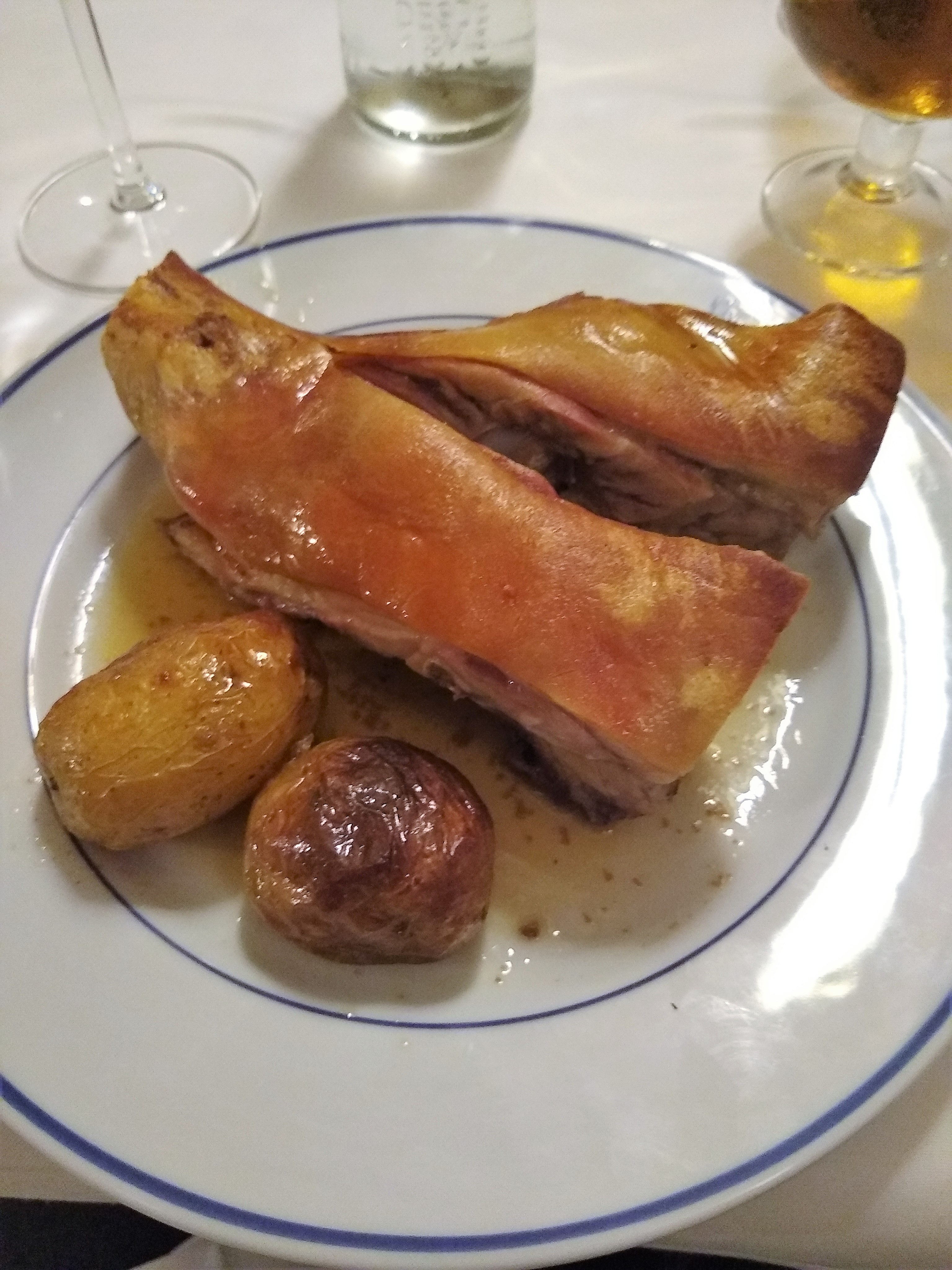
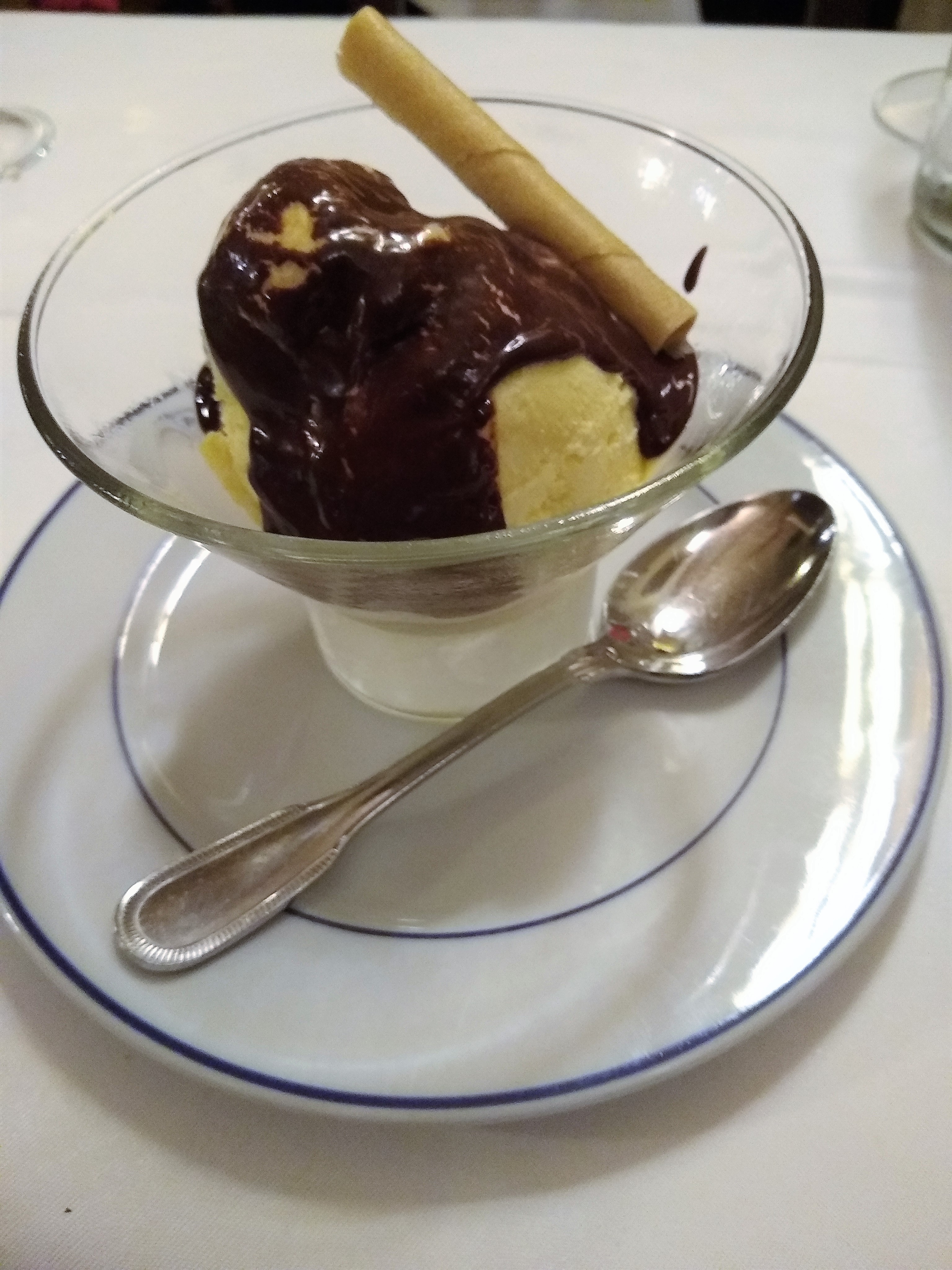
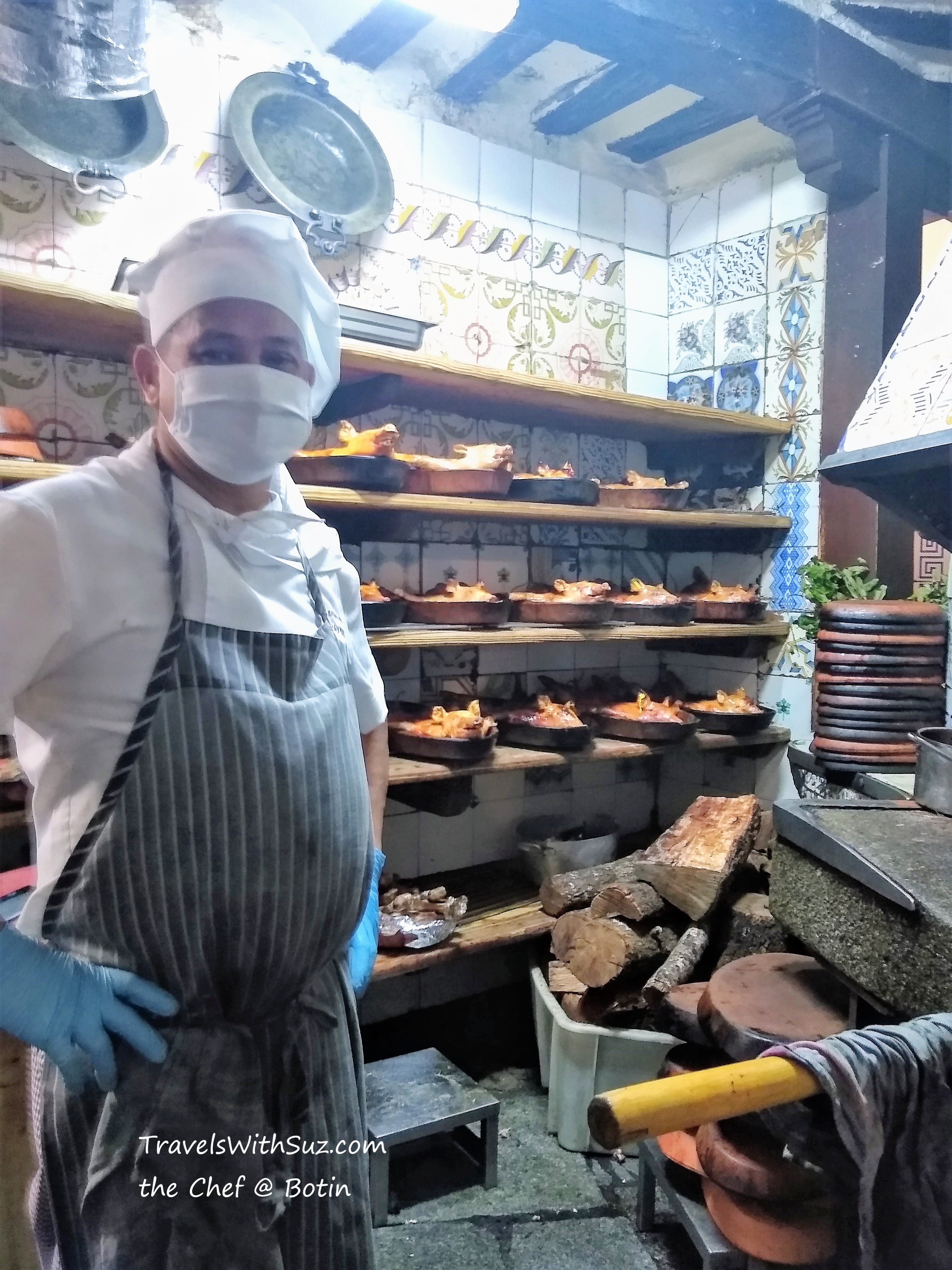
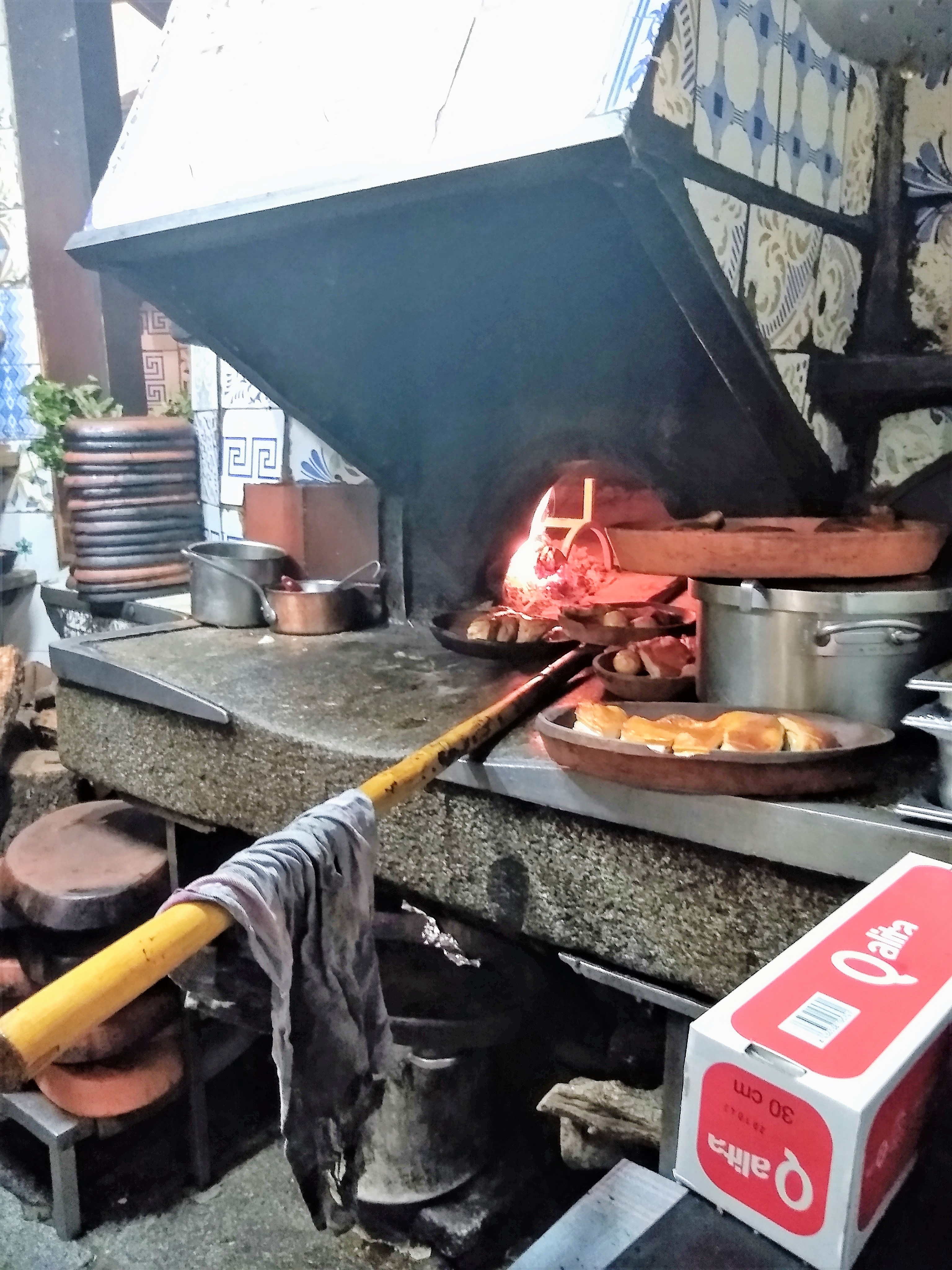
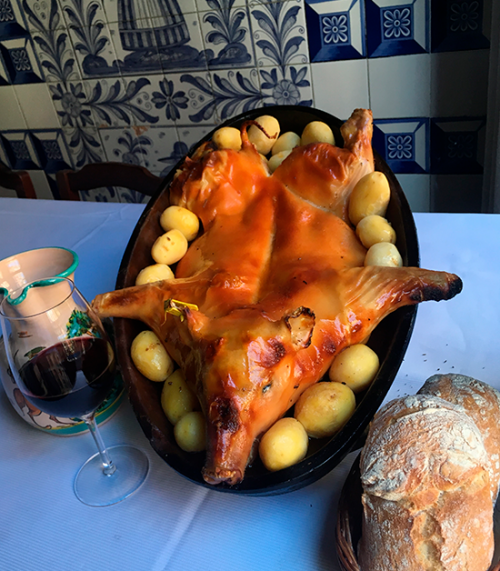
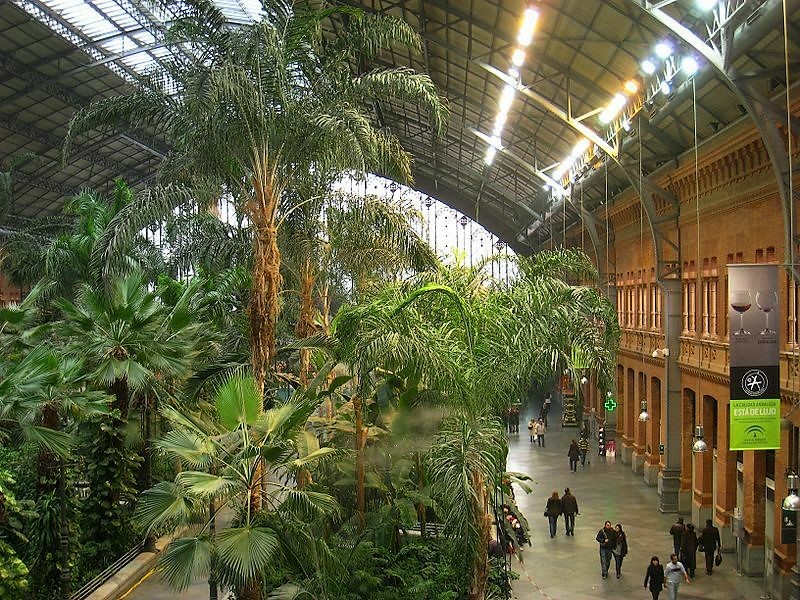
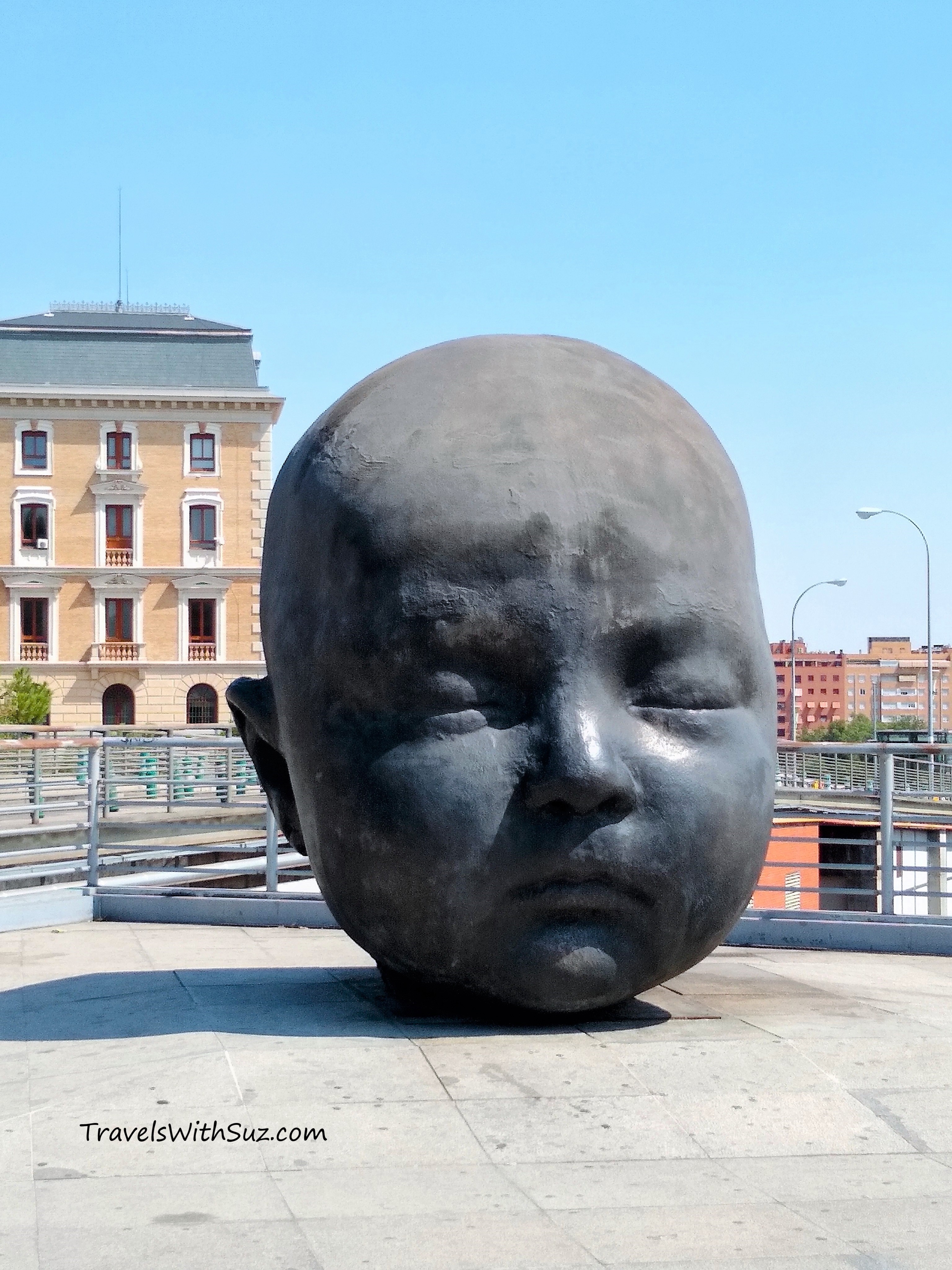
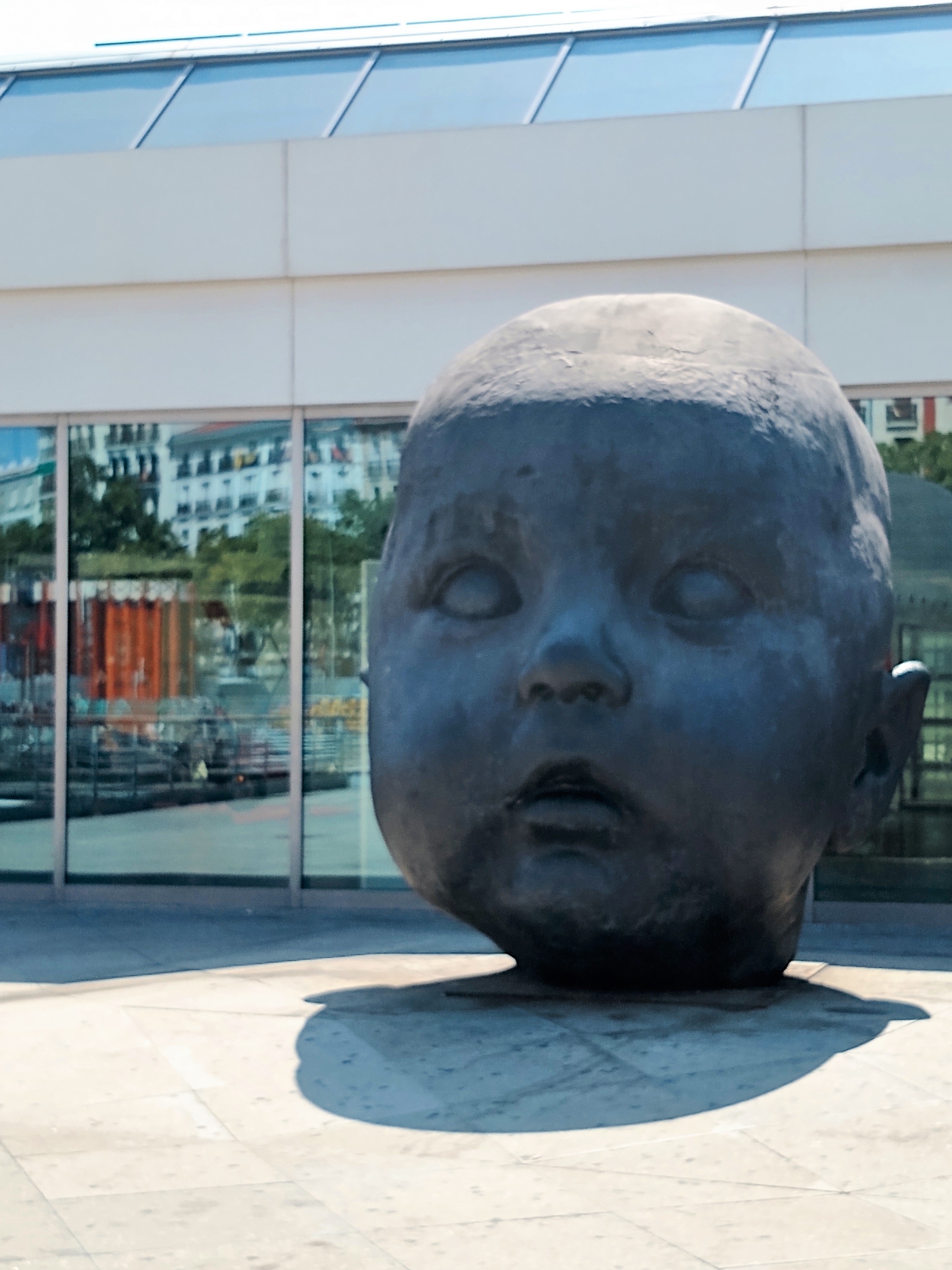
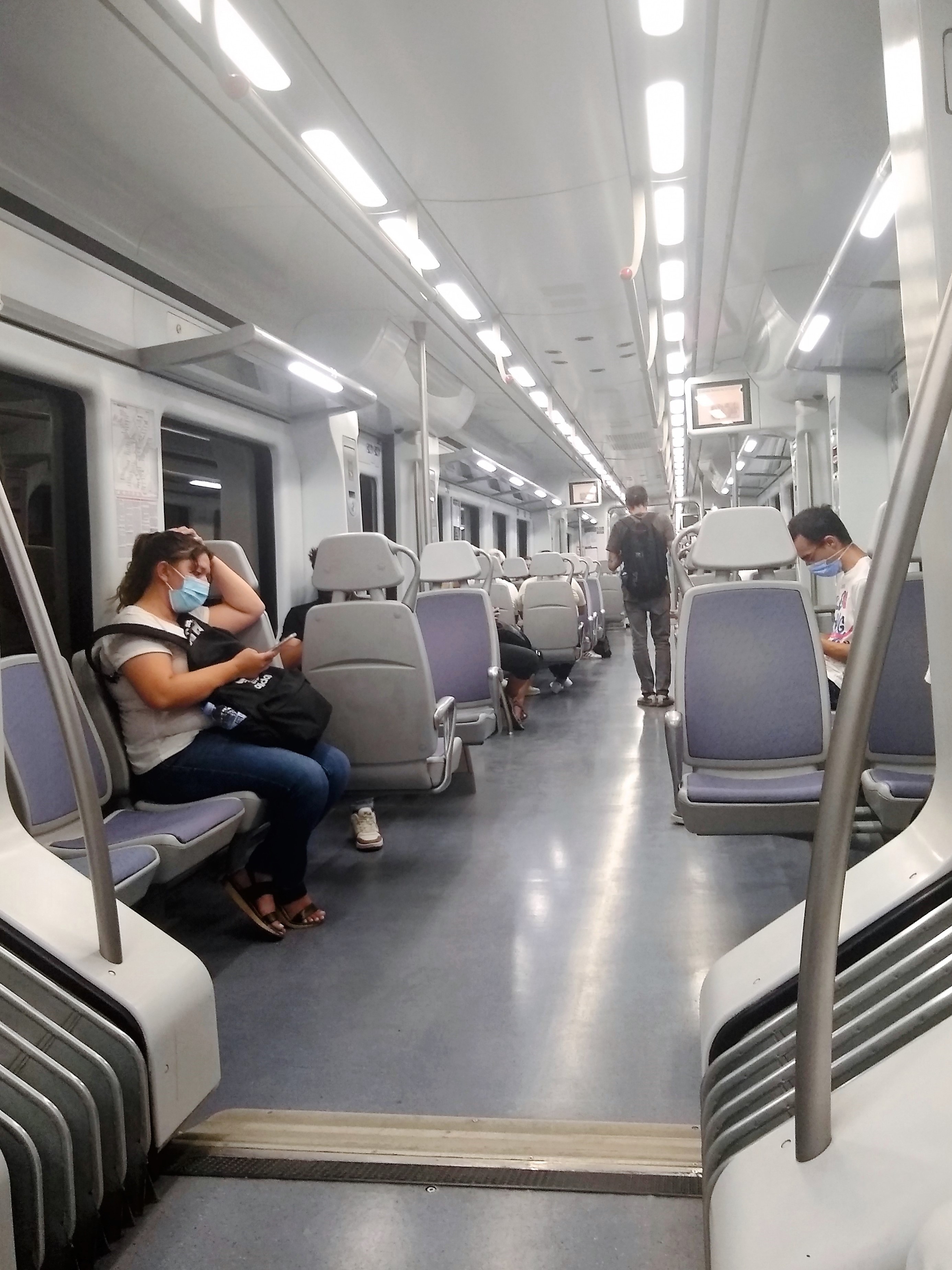
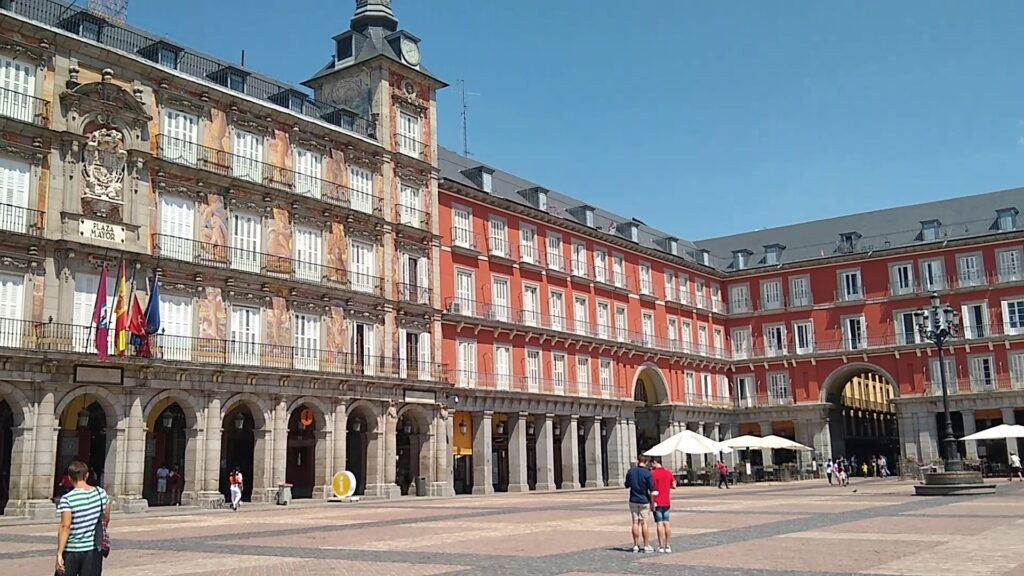
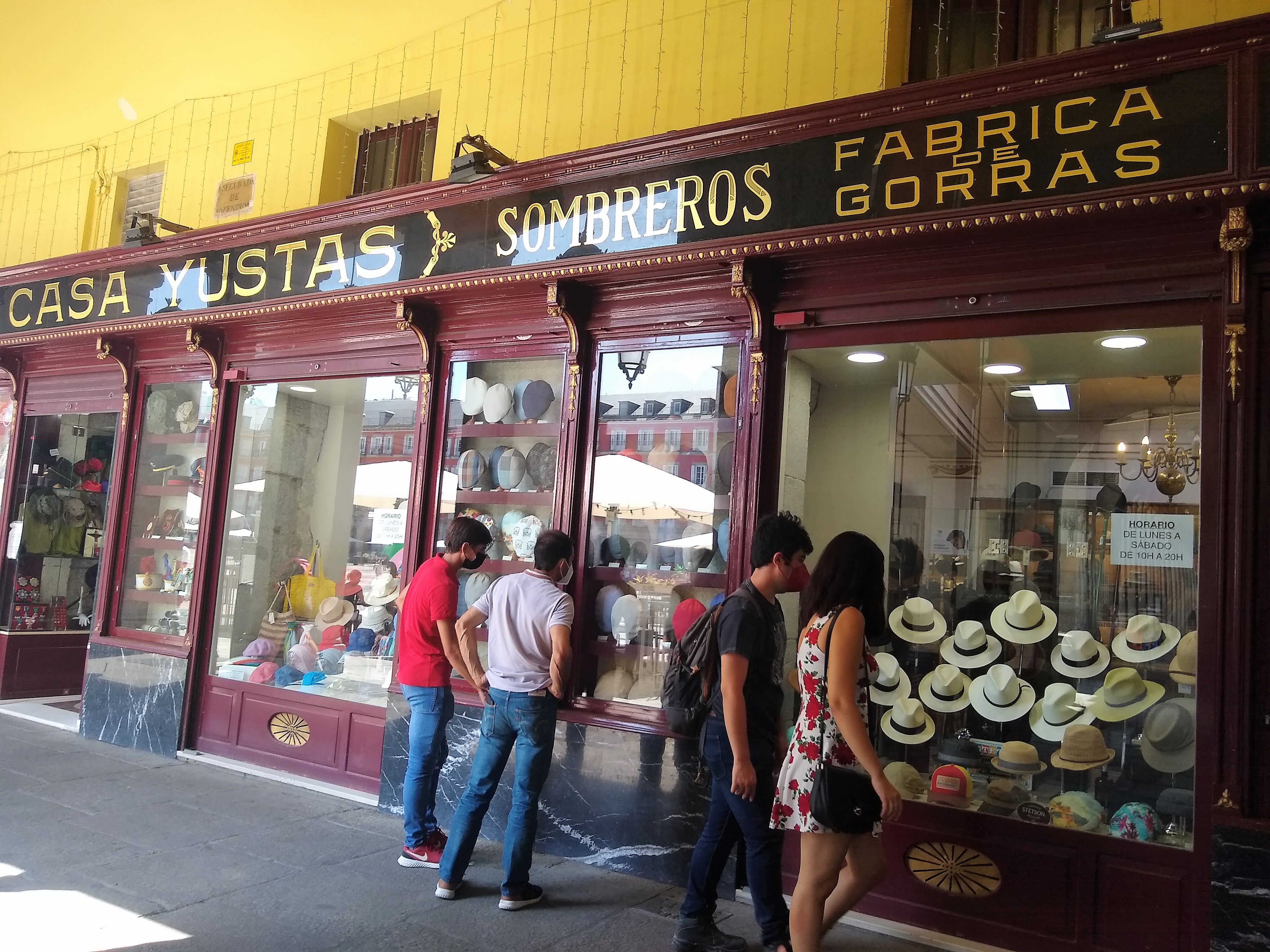
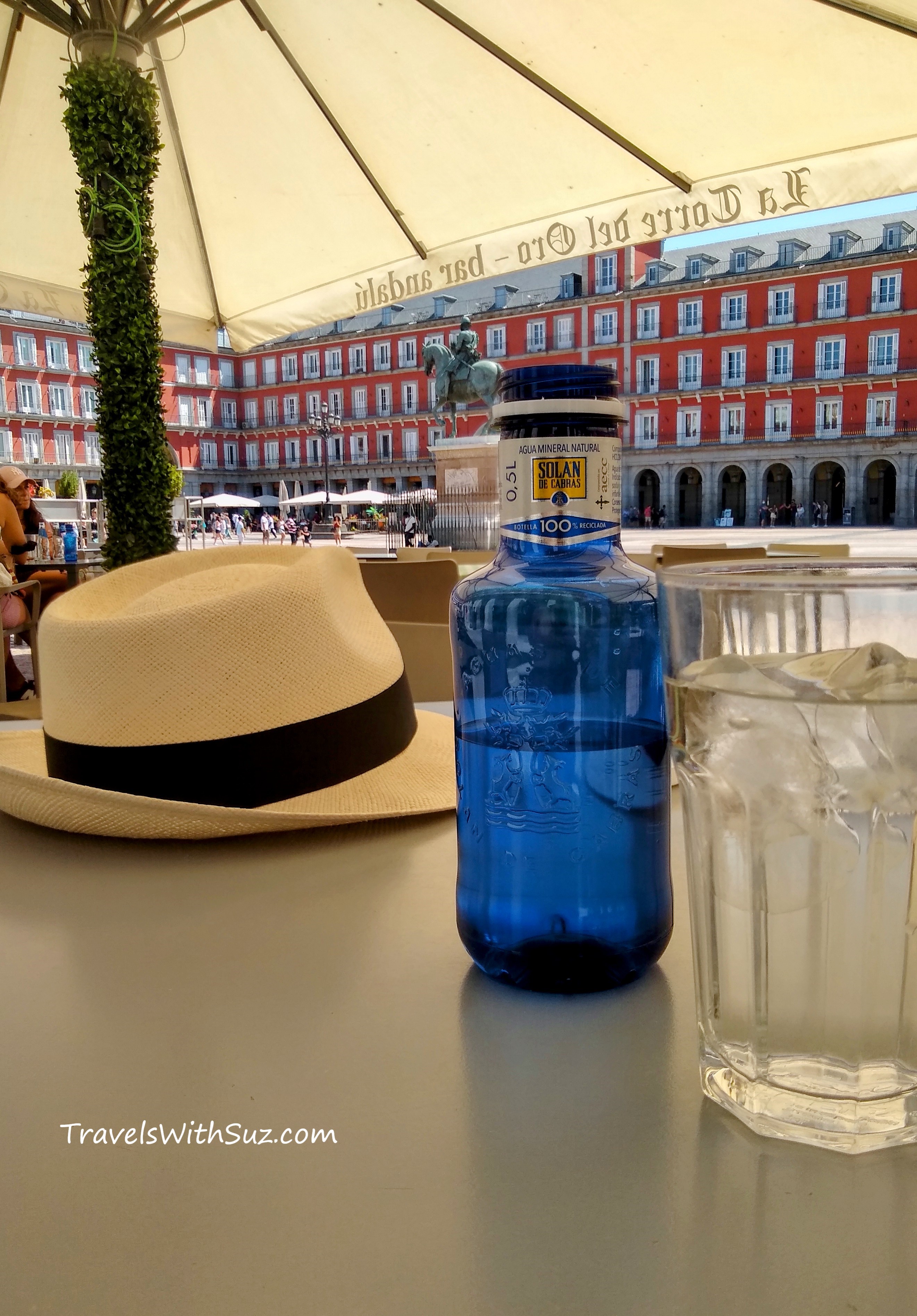
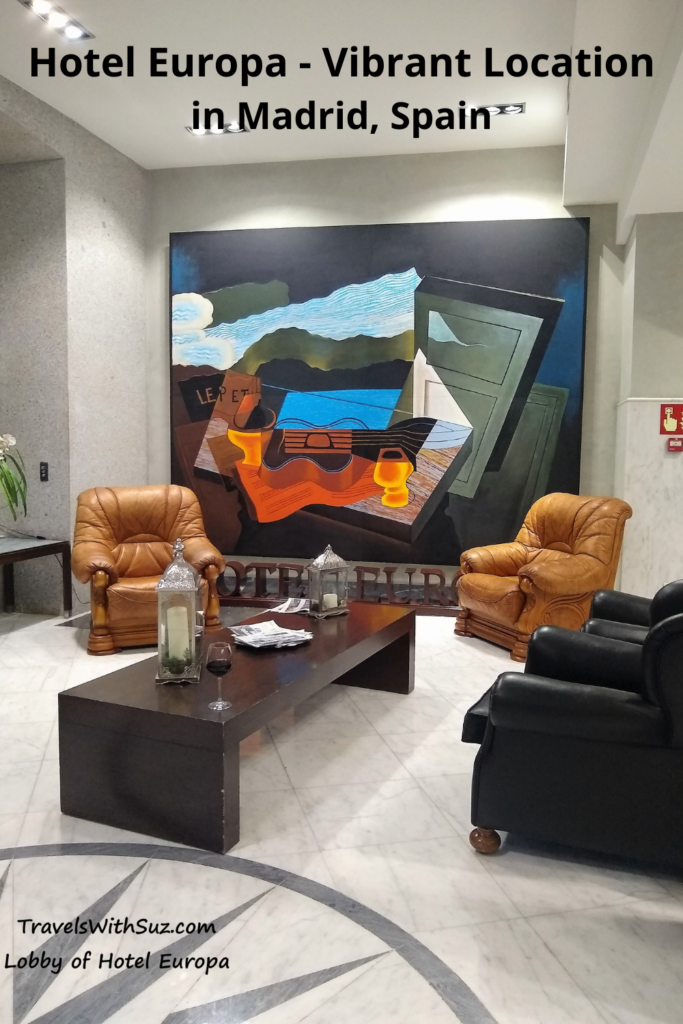
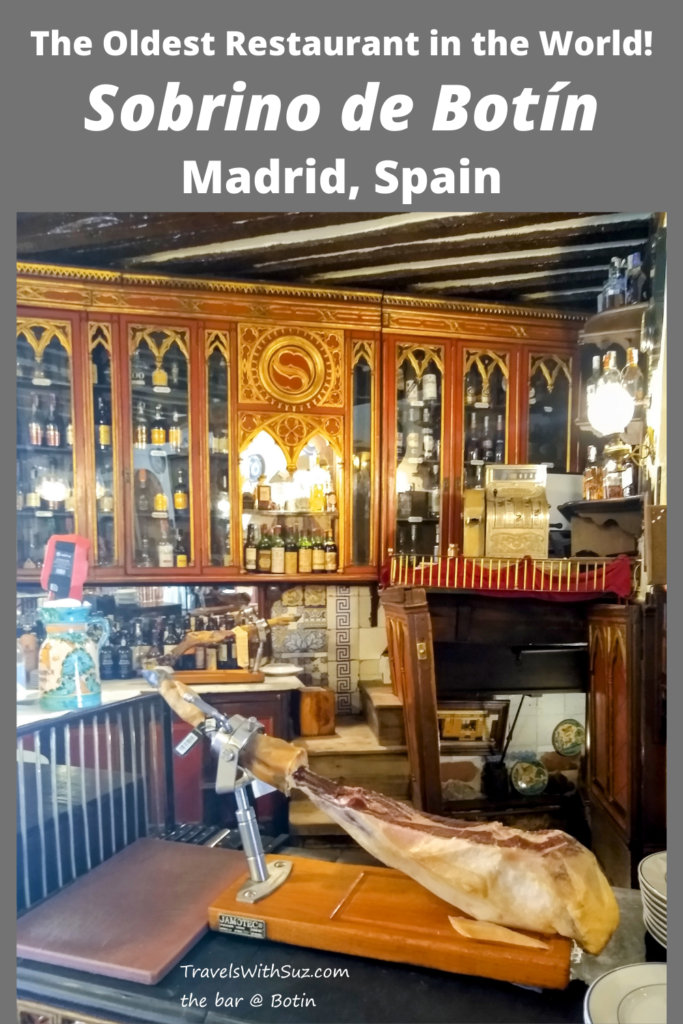
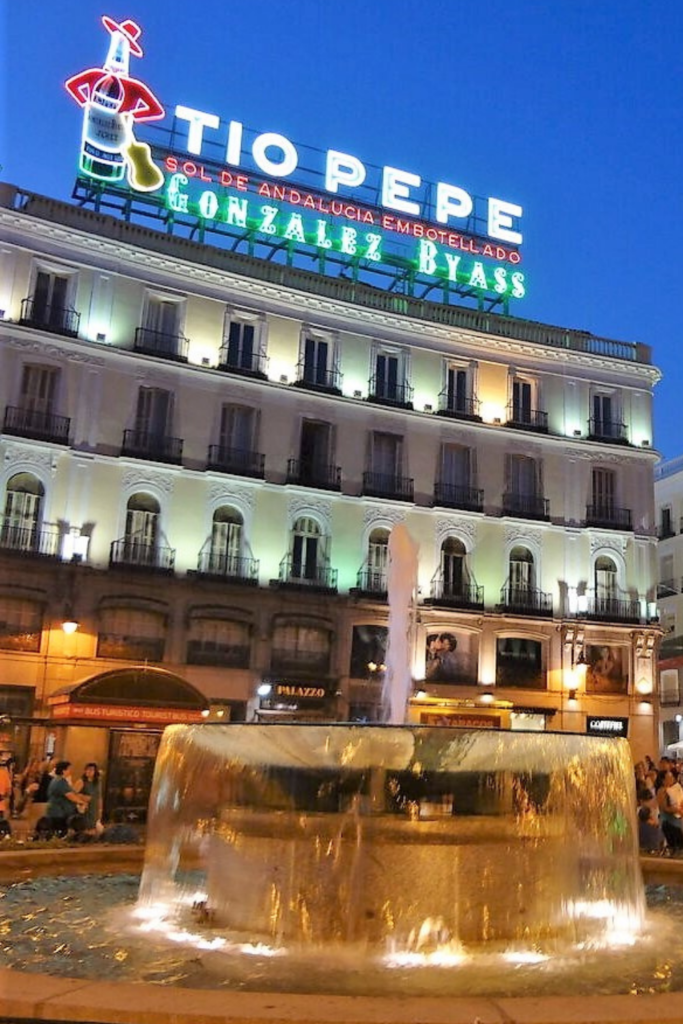
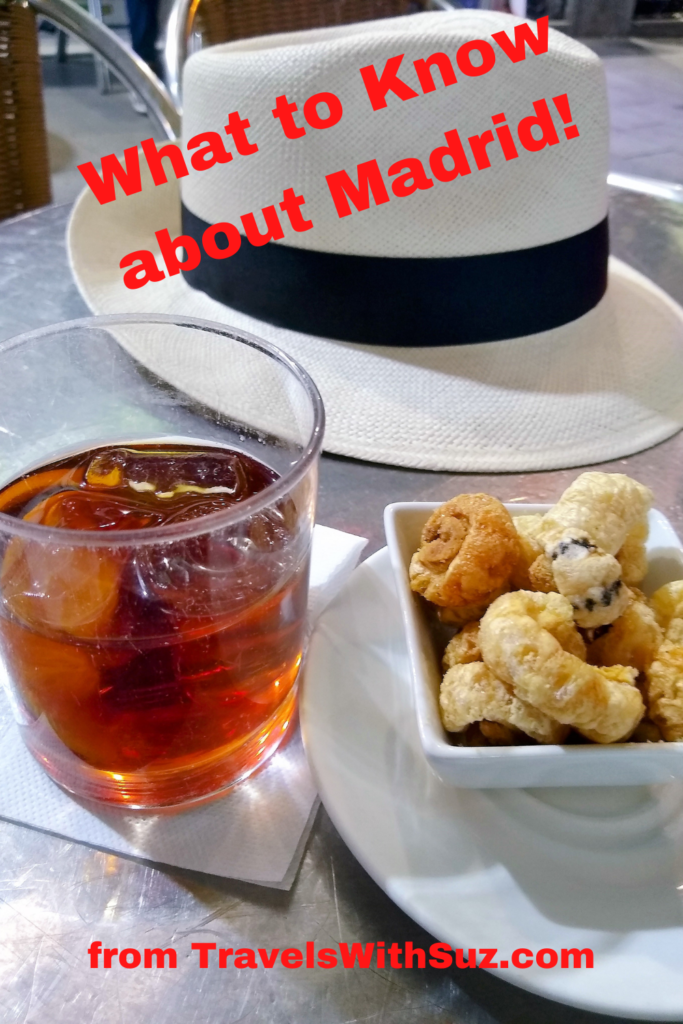
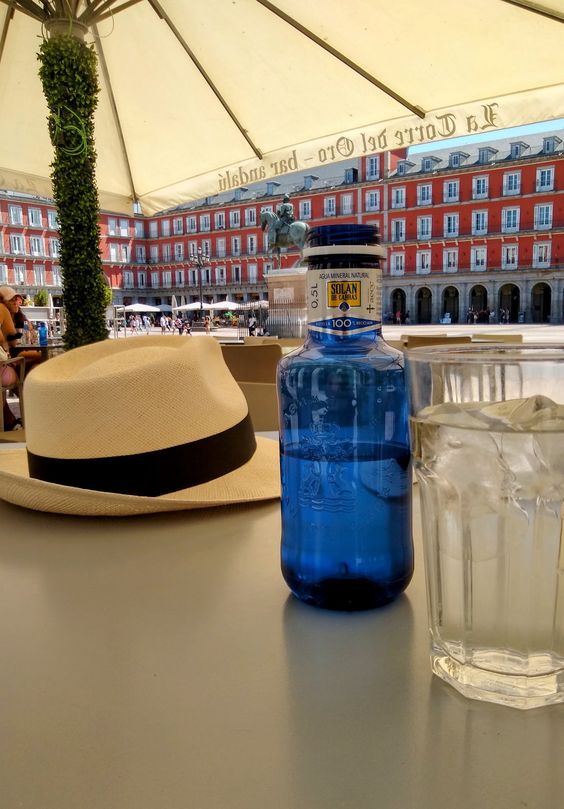
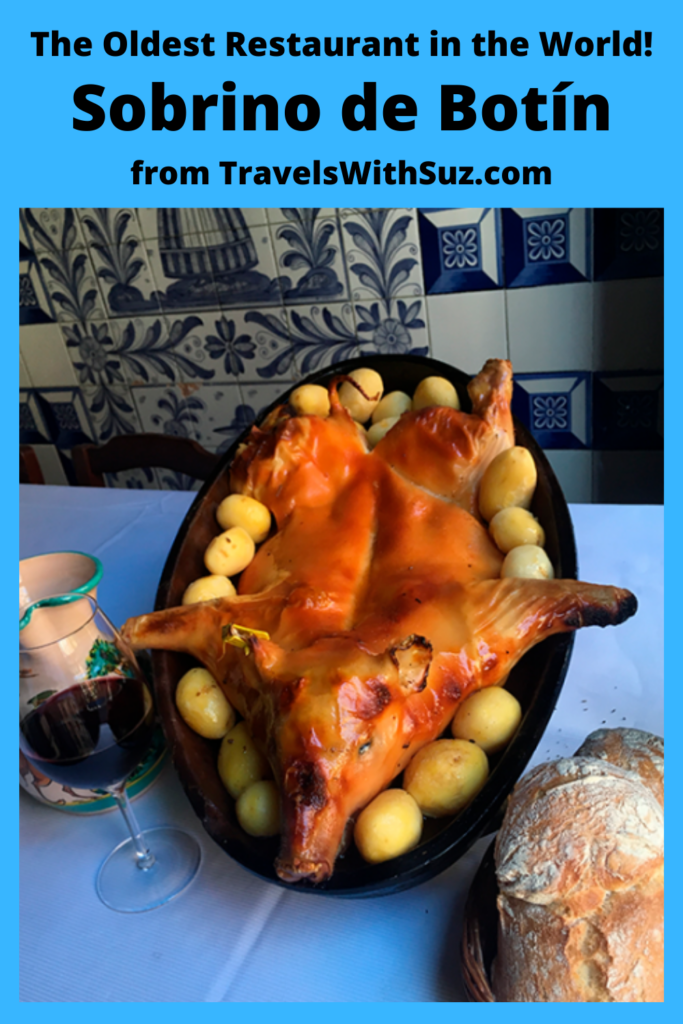
Enjoyed my time with you on a riverboat in Holland.
Madrid has been on our list for a long time now. And I love all the pictures of the food! It all looks so good!
Yes, I’m going to have to return soon. Loved it all!
The food in Madrid Spain looks so fresh! So much history, I would love to visit.
WOW! This is so inspiring! I love the excellent tid-bits of literary history that connects the generational restaurant! So cool!
I would love to visit Madrid! It is on my list, it looks like there are so many amazing places to see.
Madrid is a wonderful city to explore. I didn’t know about the plaque that notes the center of Spain. Pretty cool trivia.
Madrid sounds wonderful! It’s on my travel list too. You really make me want to visit soon!
Sounds like you had a wonderful trip to Madrid, Spain. It is on my bucket list, so I will keep your post for future reference! The food and restaurants looked divine (but I’m not sure about the suckling pigs!).
LOL – I wasn’t too sure about the pig either, but it’s their signature dish, and I thought – I’m here, I’ll do the Madrid thing. The Madrilenos definitely love their ham/pork.
Botin’s menu is quite varied. Next time, I’ll have the grilled prawns…
This is beautiful! I hope to visit Madrid some day. Thanks for sharing your beautiful photos!
I’d love to visit Madrid one day. I was suppose to go for a Research meeting when I was working as a clinical research nurse a few years back. I refuse, as I was too busy at work and I regret not going. Great post.
We should always take these opportunities!
Never been to Madrid but definitely want to go NOW! Looks amazing!
I love visiting the more unique spots! I also would love to see the figurine at the Watch place come to life…that’s right up my alley
Love your hidden gem discoveries in Madrid! I loved this city and like you did not have time to see everything. So many cool things to do and see in this great city of Madrid, Spain.
This looks absolutely incredible. What a dream!
Wow! This looks amazing! I’ve always been interested in Spain
Very informative, great shots
I’d be down for anywhere in Spain, but Madrid looks incredible! Love all the rich history and pictures you shared.
So many hidden gems! Thanks for sharing!
Madrid looks amazing and so interesting. Your posts are so informative and fun to read. You should wrote a travel guide book!
Aww…thank you. One article at a time!
Madrid looks amazing. Spain overall is a beautiful country. Thanks for the tips and information. I look forward to going there.
Your trips always amaze me. I have never been to Spain, but I would love to see the cellar in Restaurant Botin. Those gardens in Madrid look amazing too. I love to relax, and gardens definitely calm me. Maybe someday I will find someone to go with me since my husband refuses to sit on a plane for more than 5 hours.
Thanks, Tammy! Travel partners can definitely be problematic – much easier to travel solo. No one else to worry about budgets, what to do or see, where to stay, etc. – or how long a flight to take. 😉